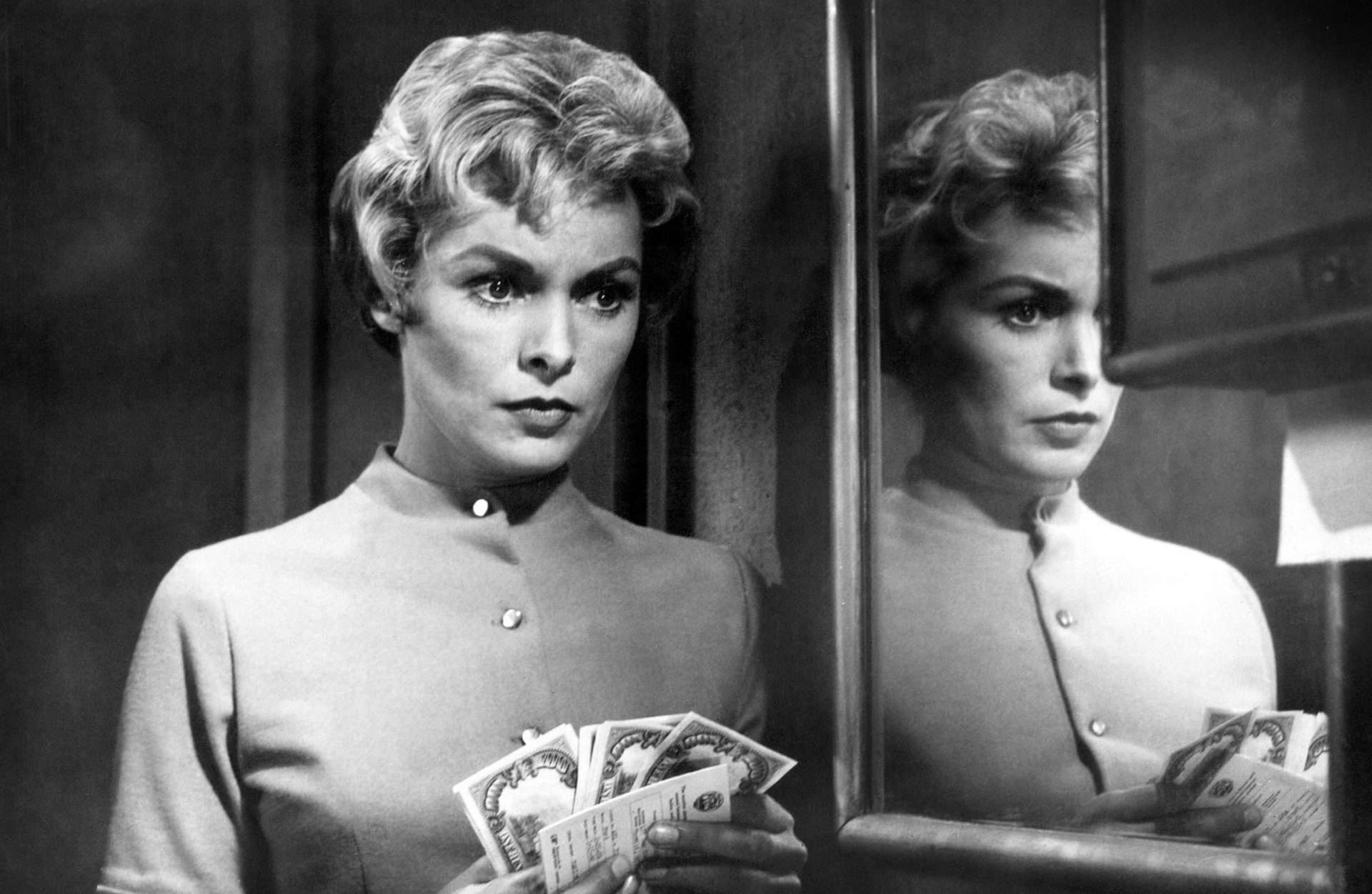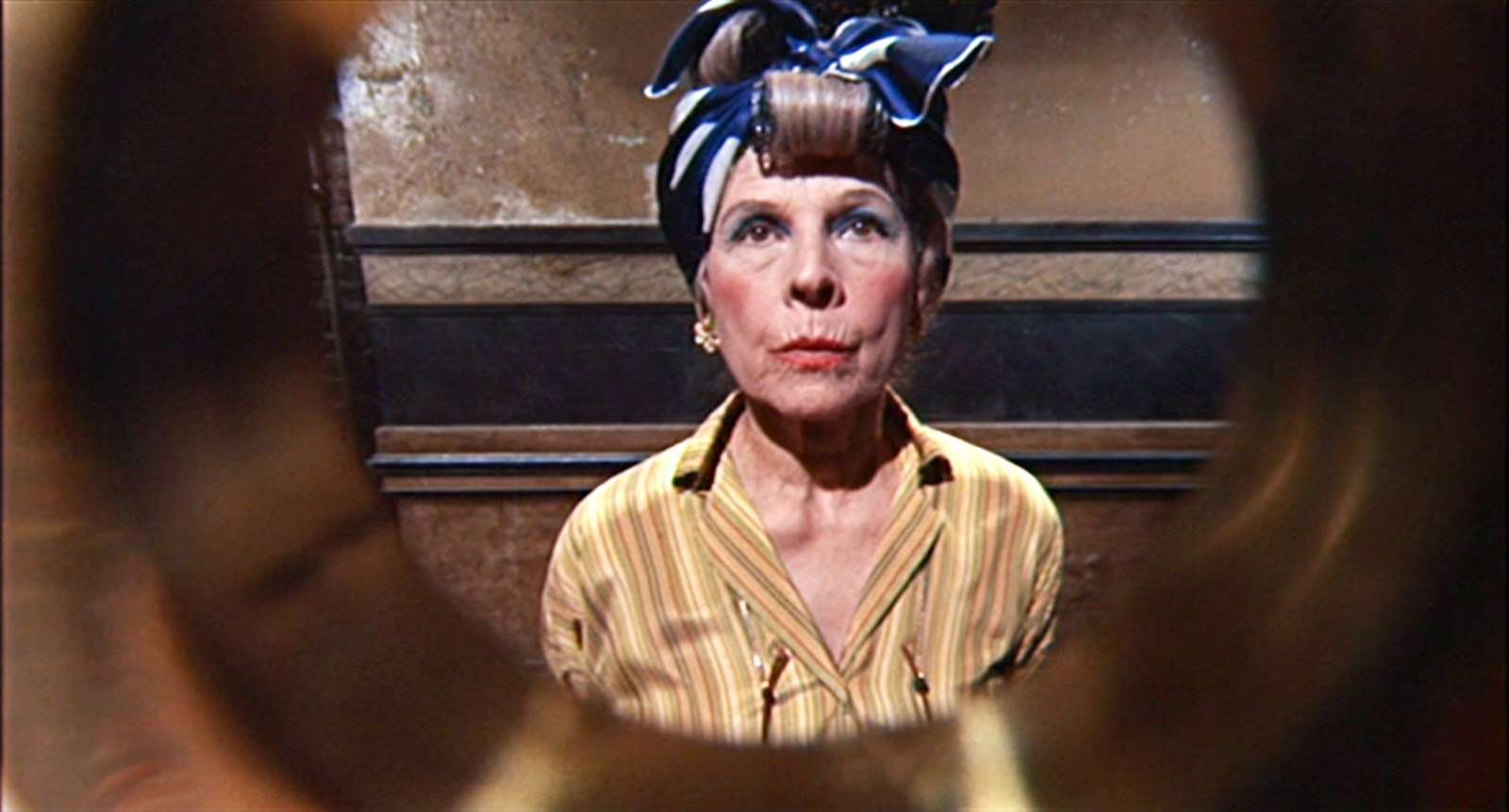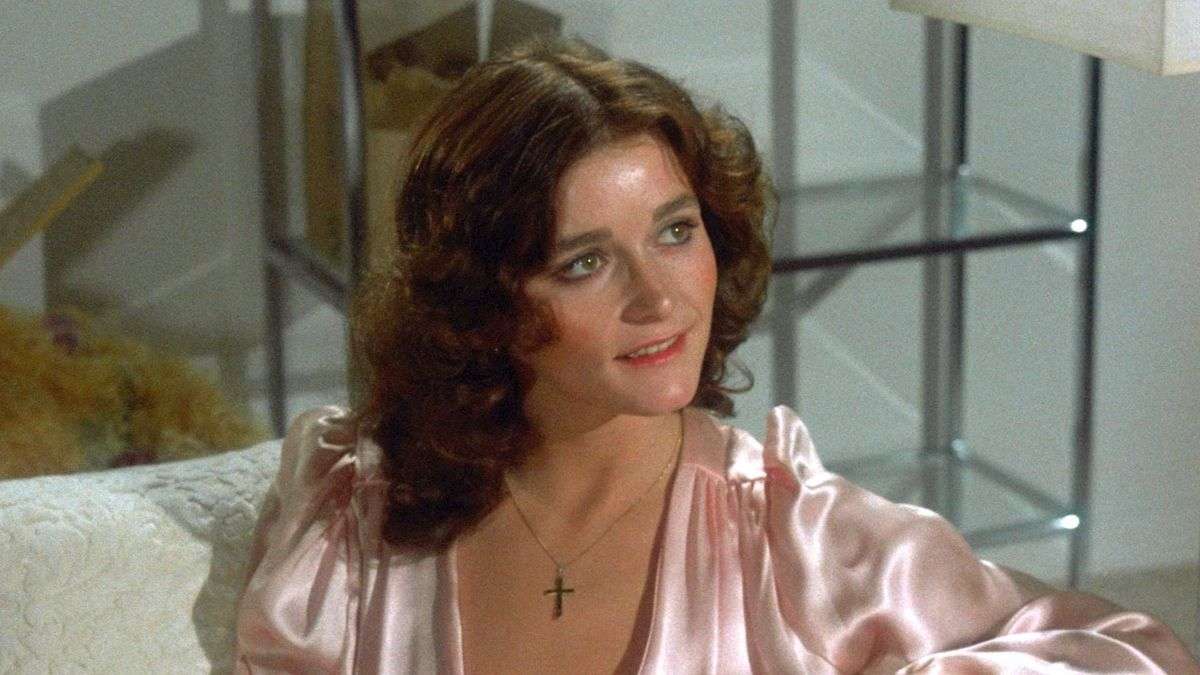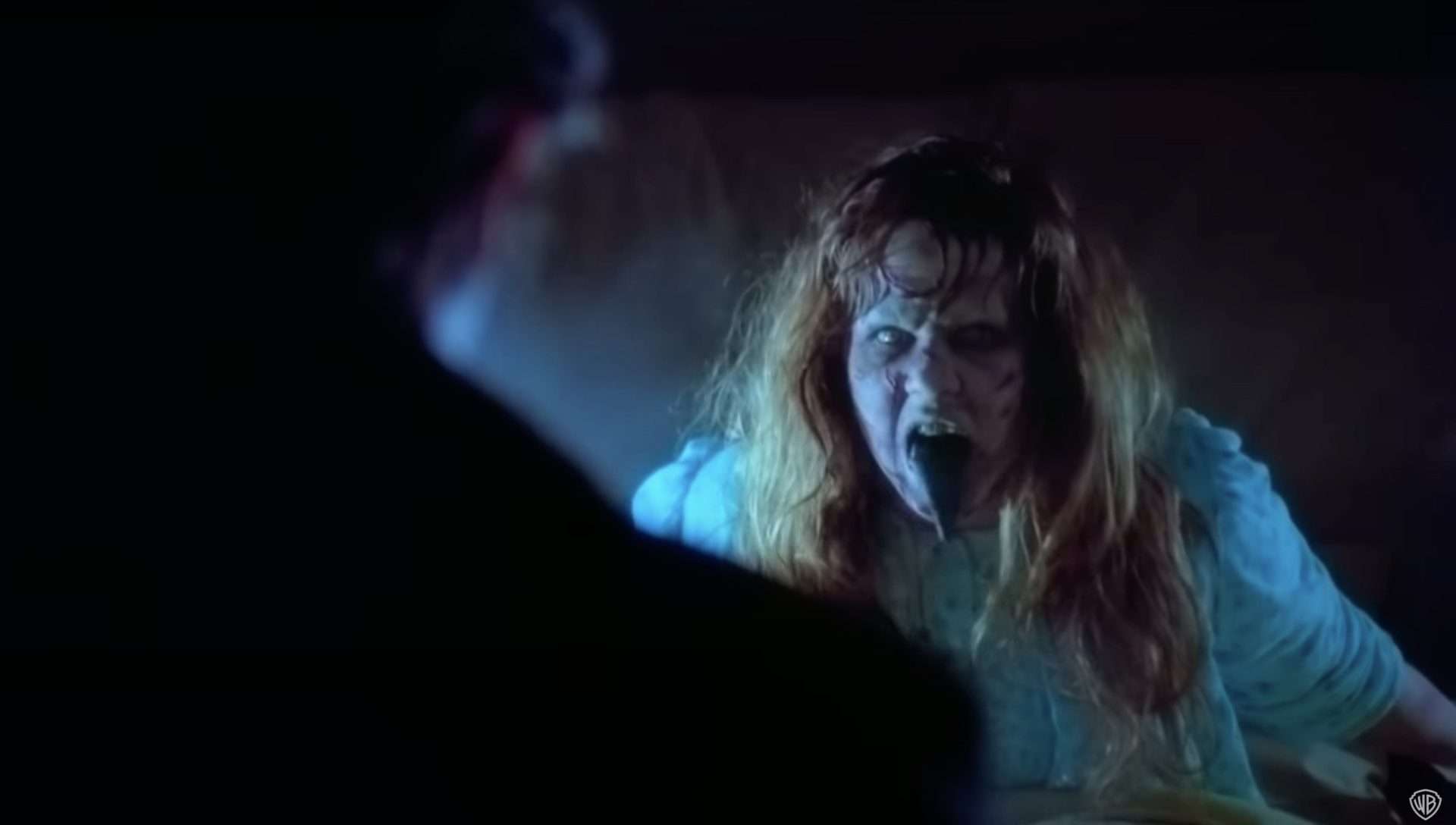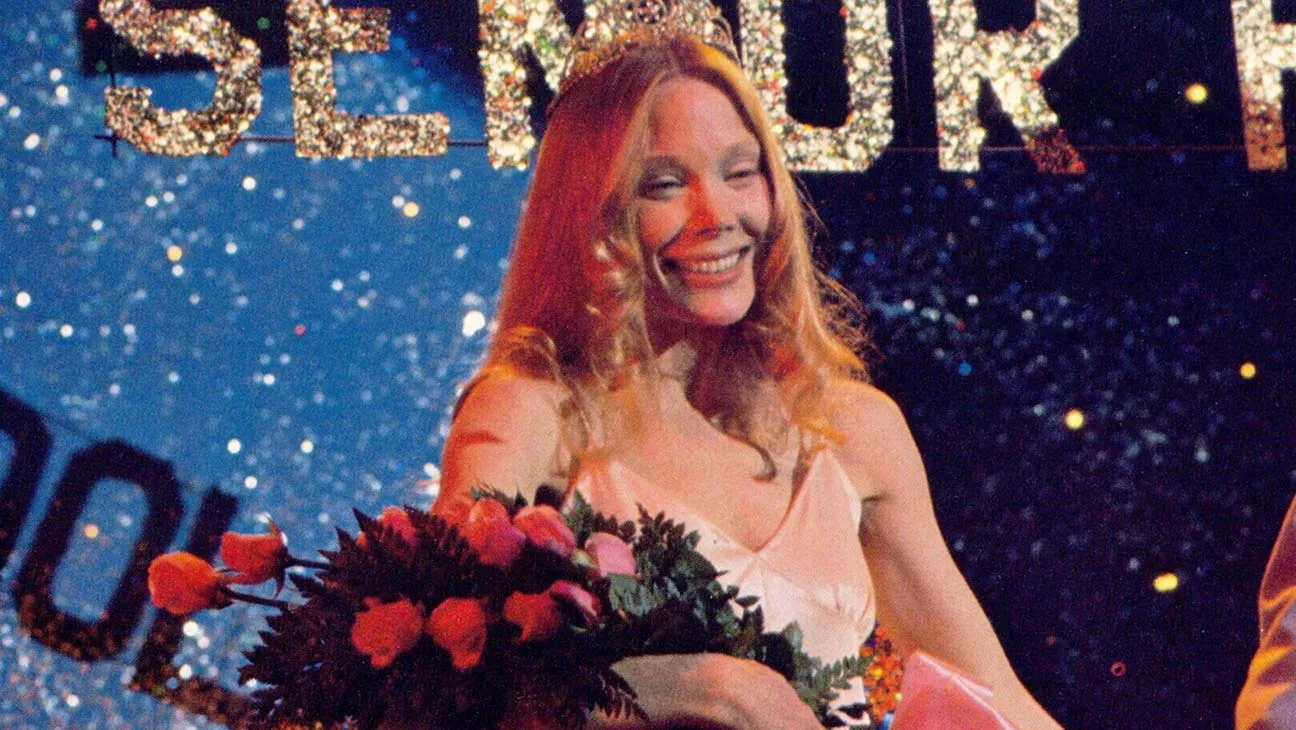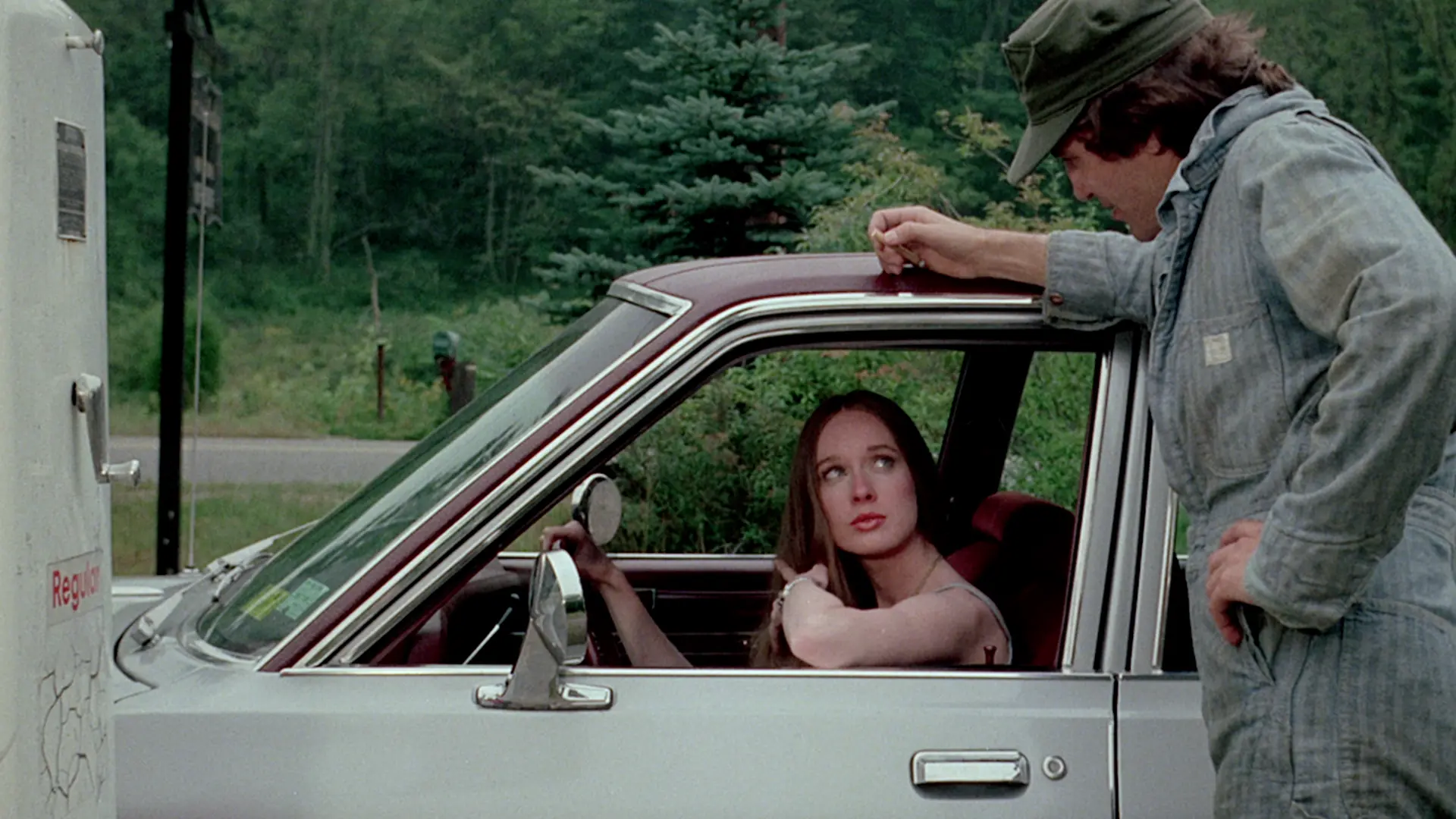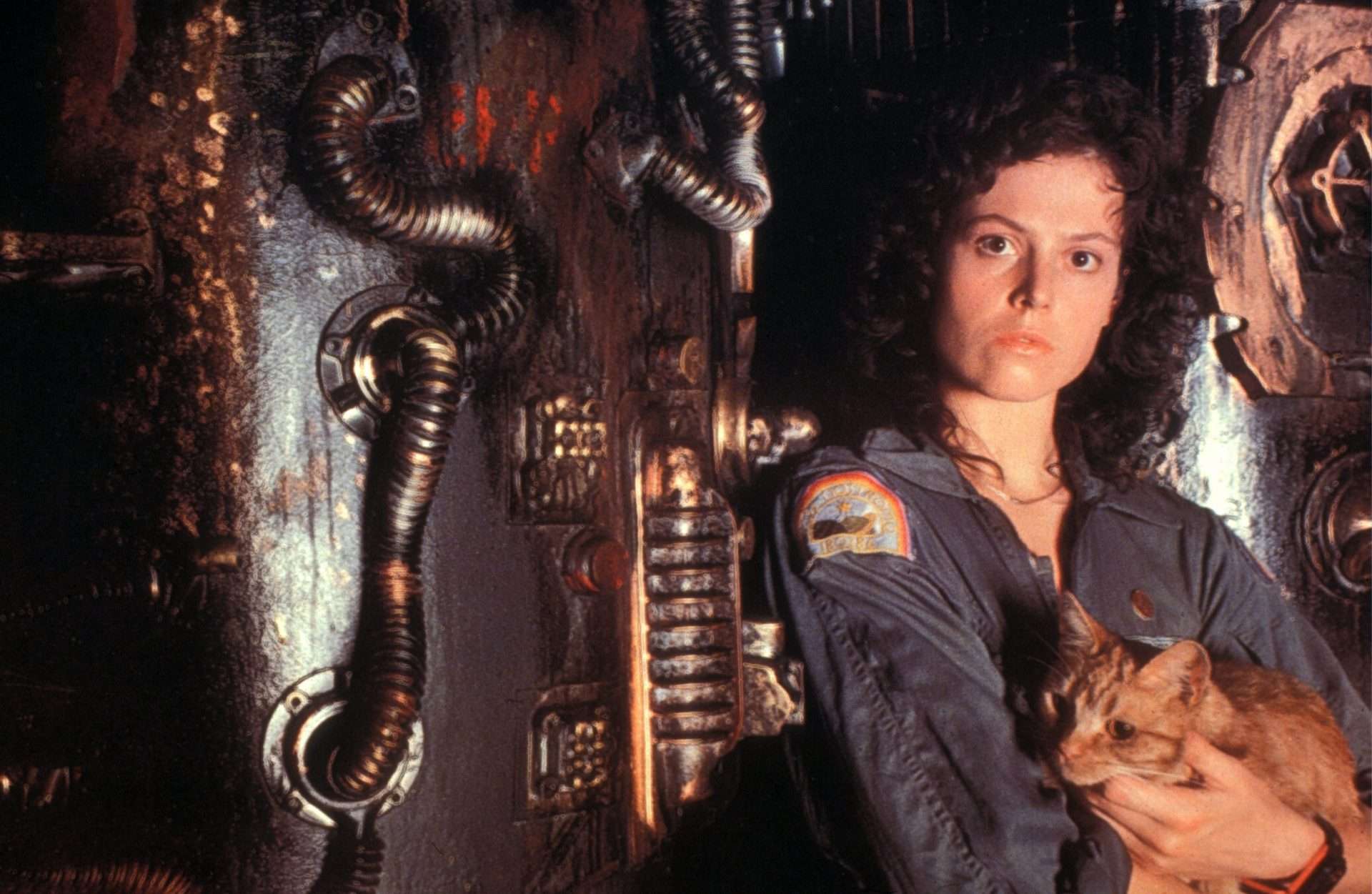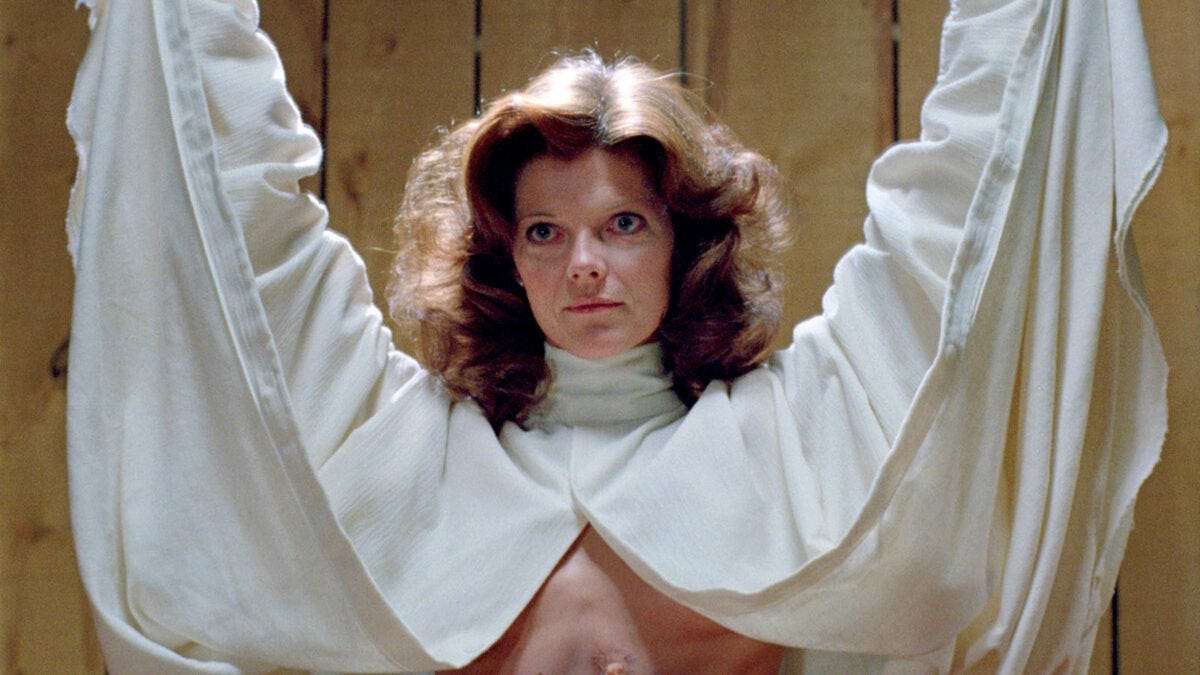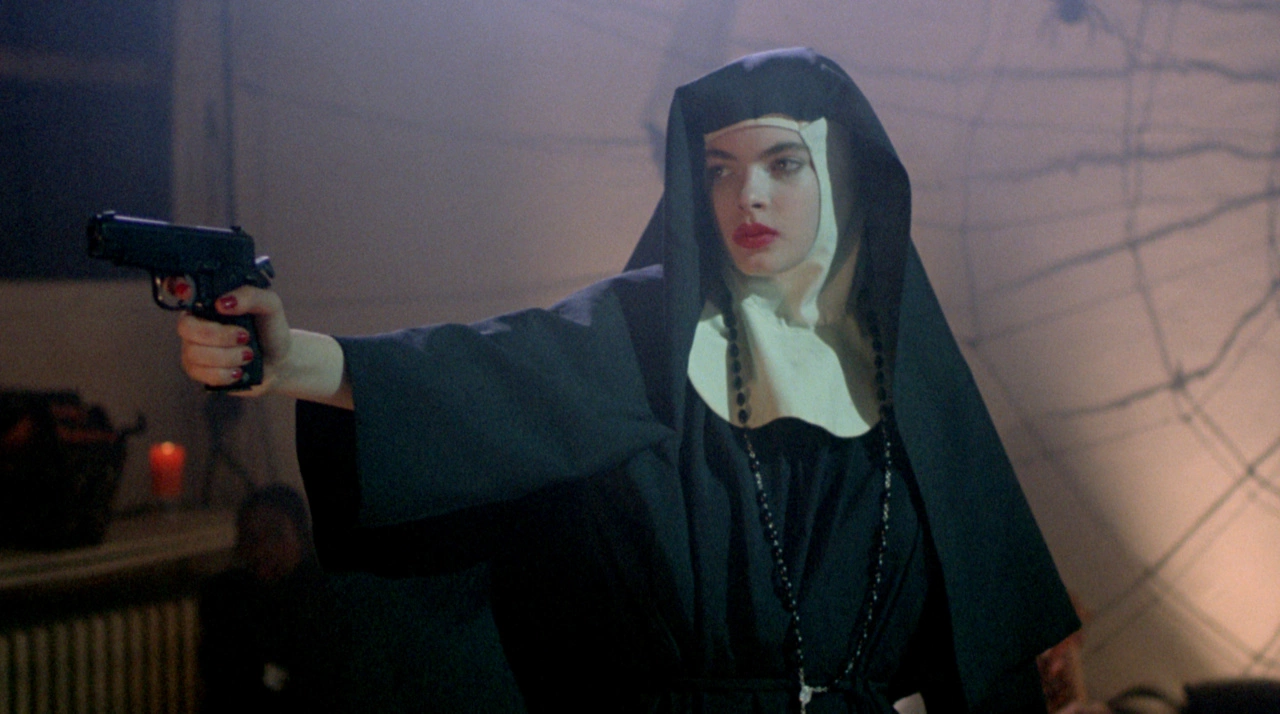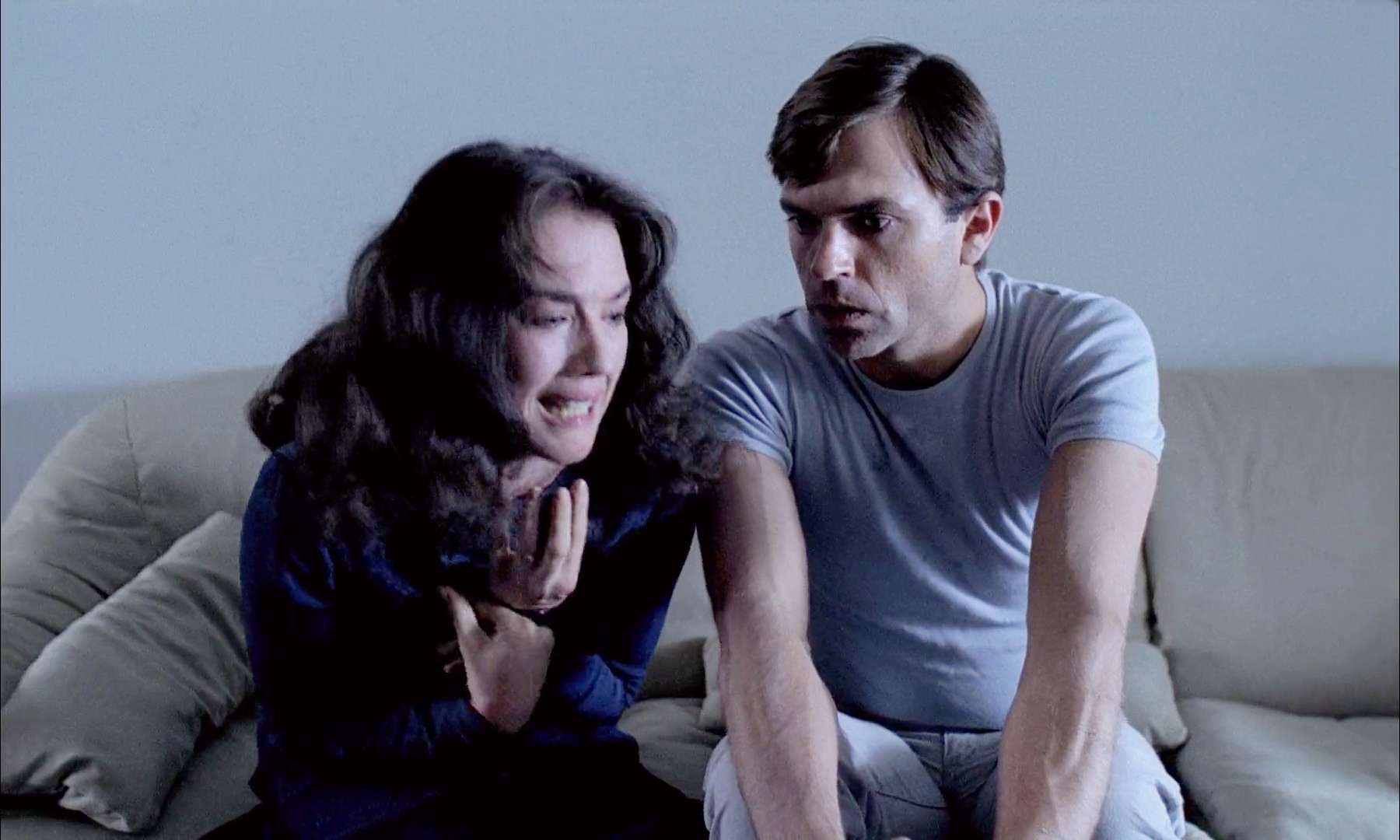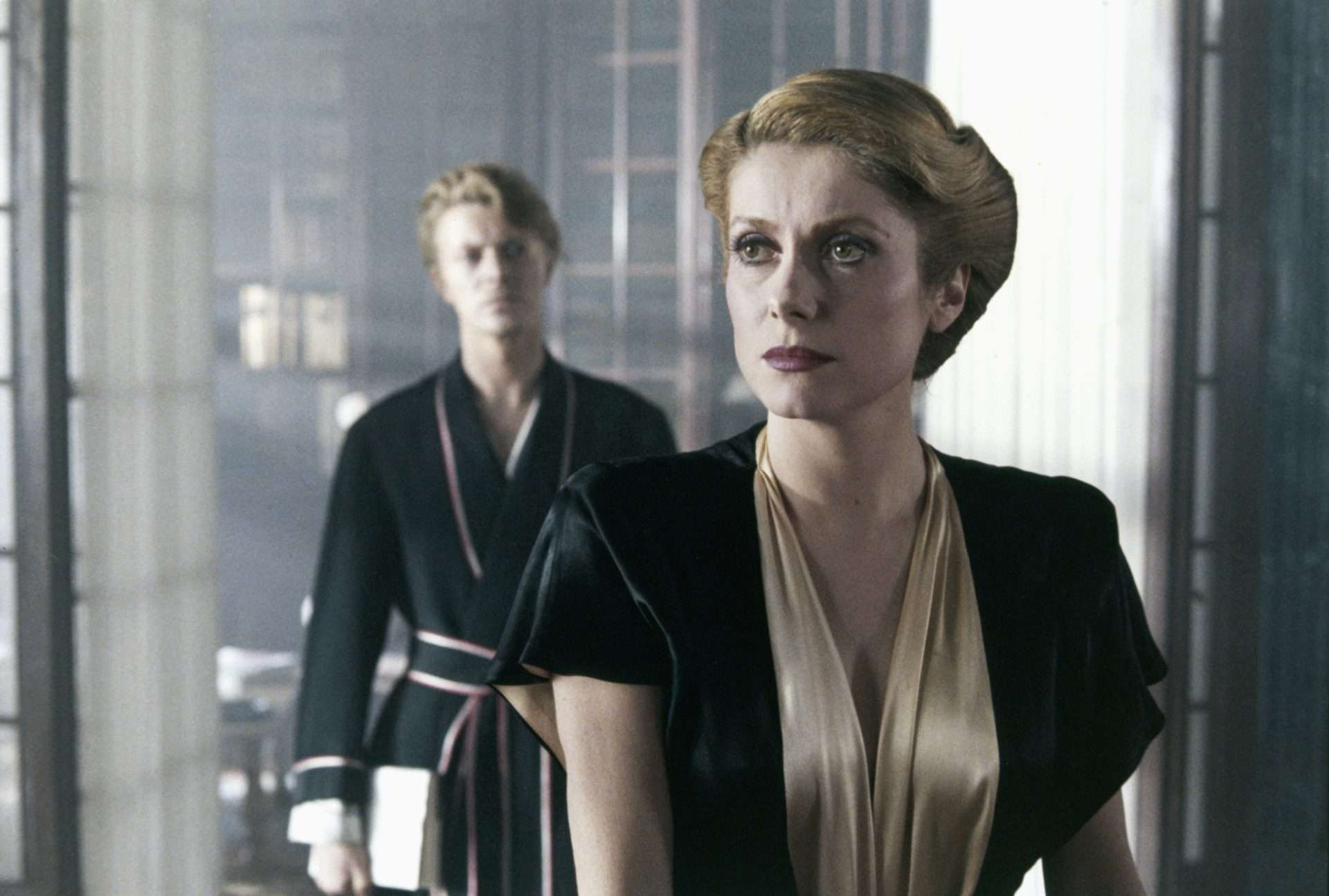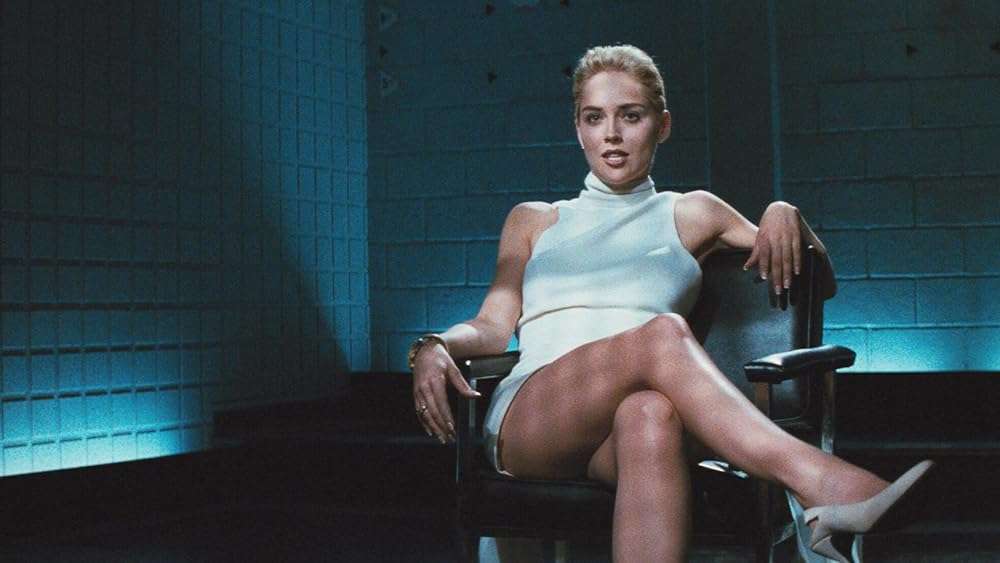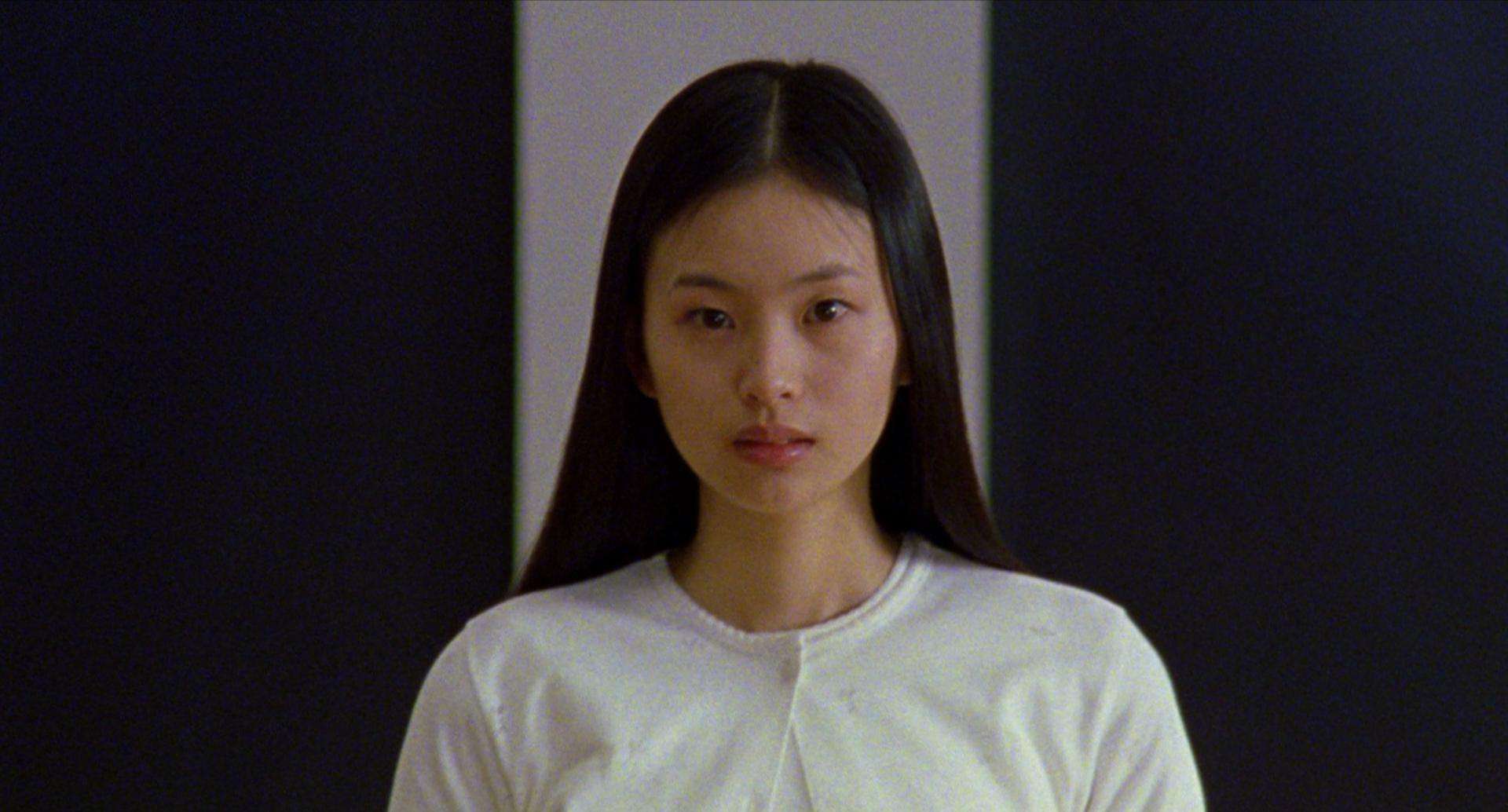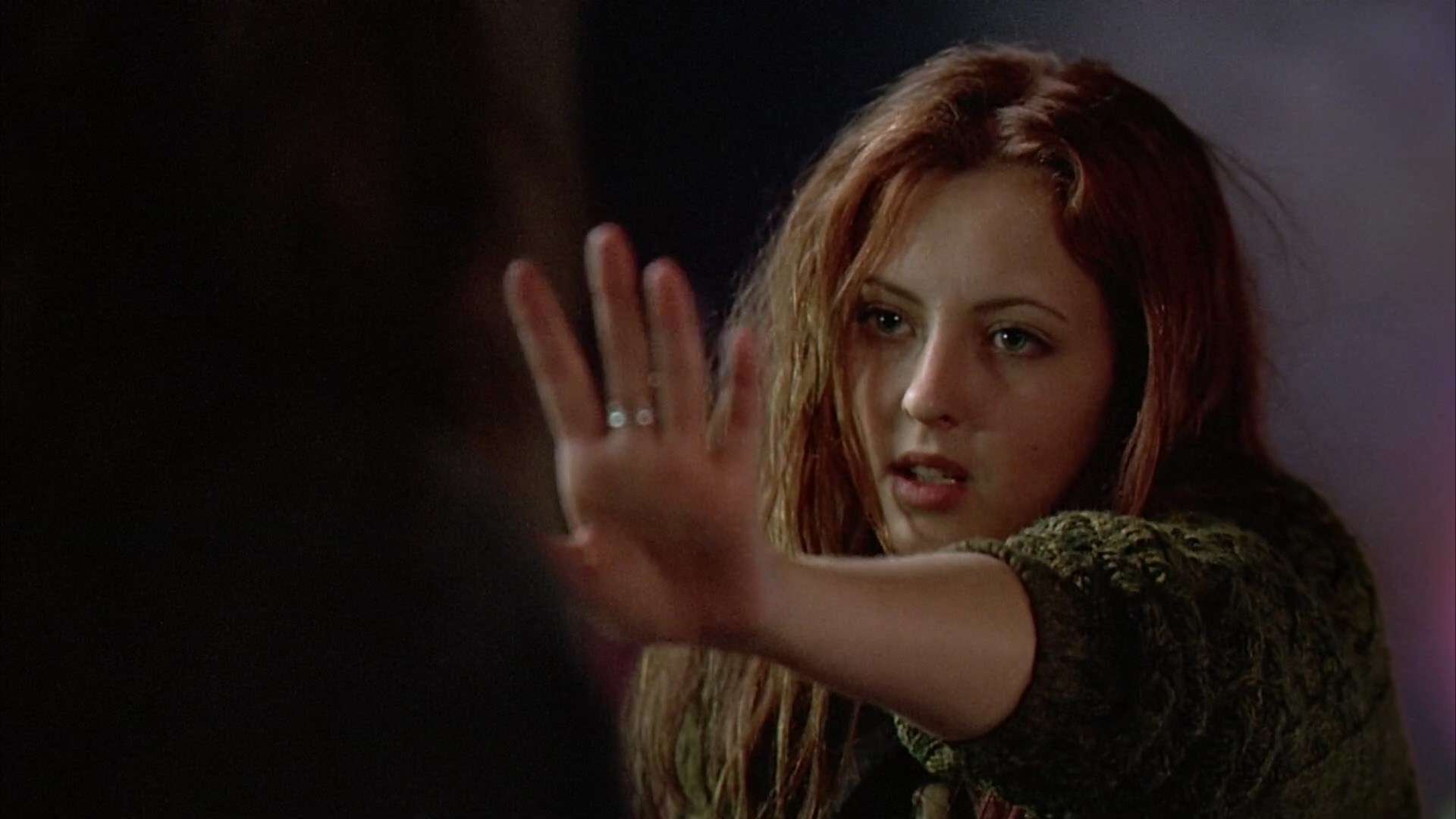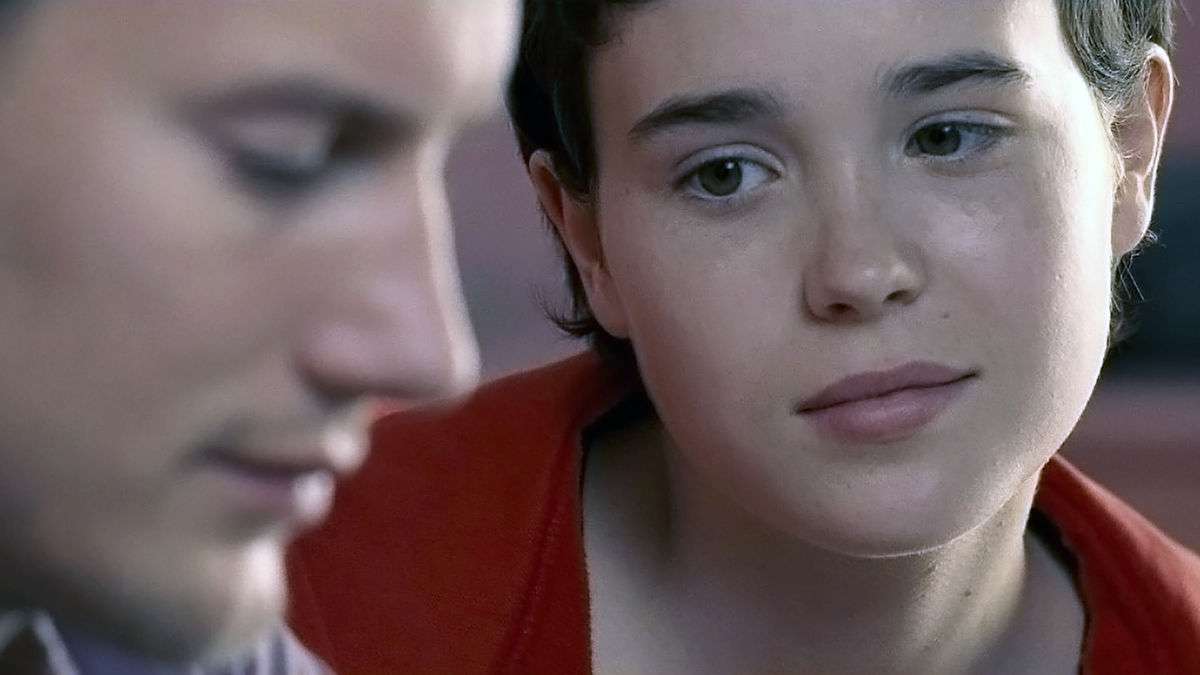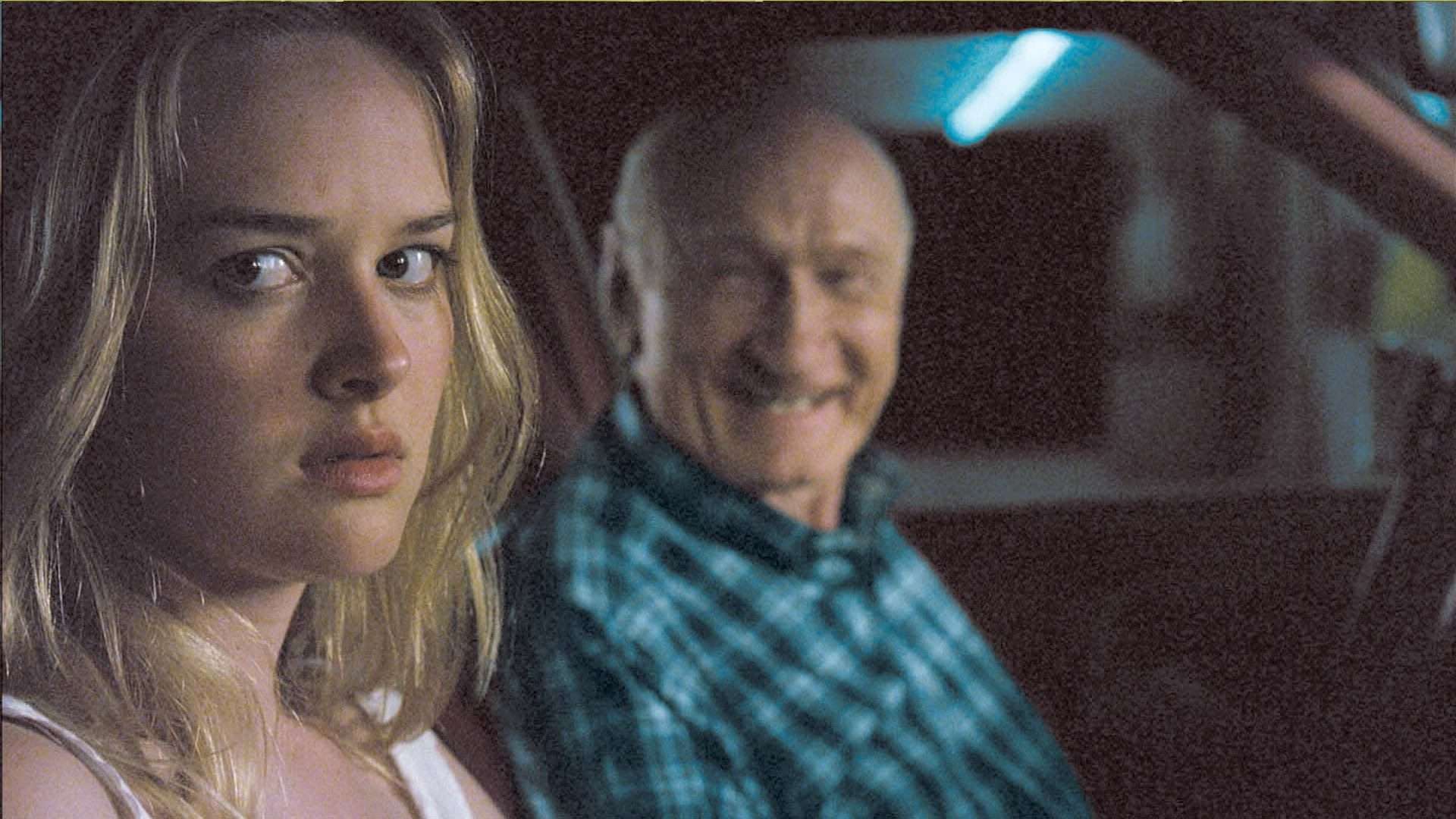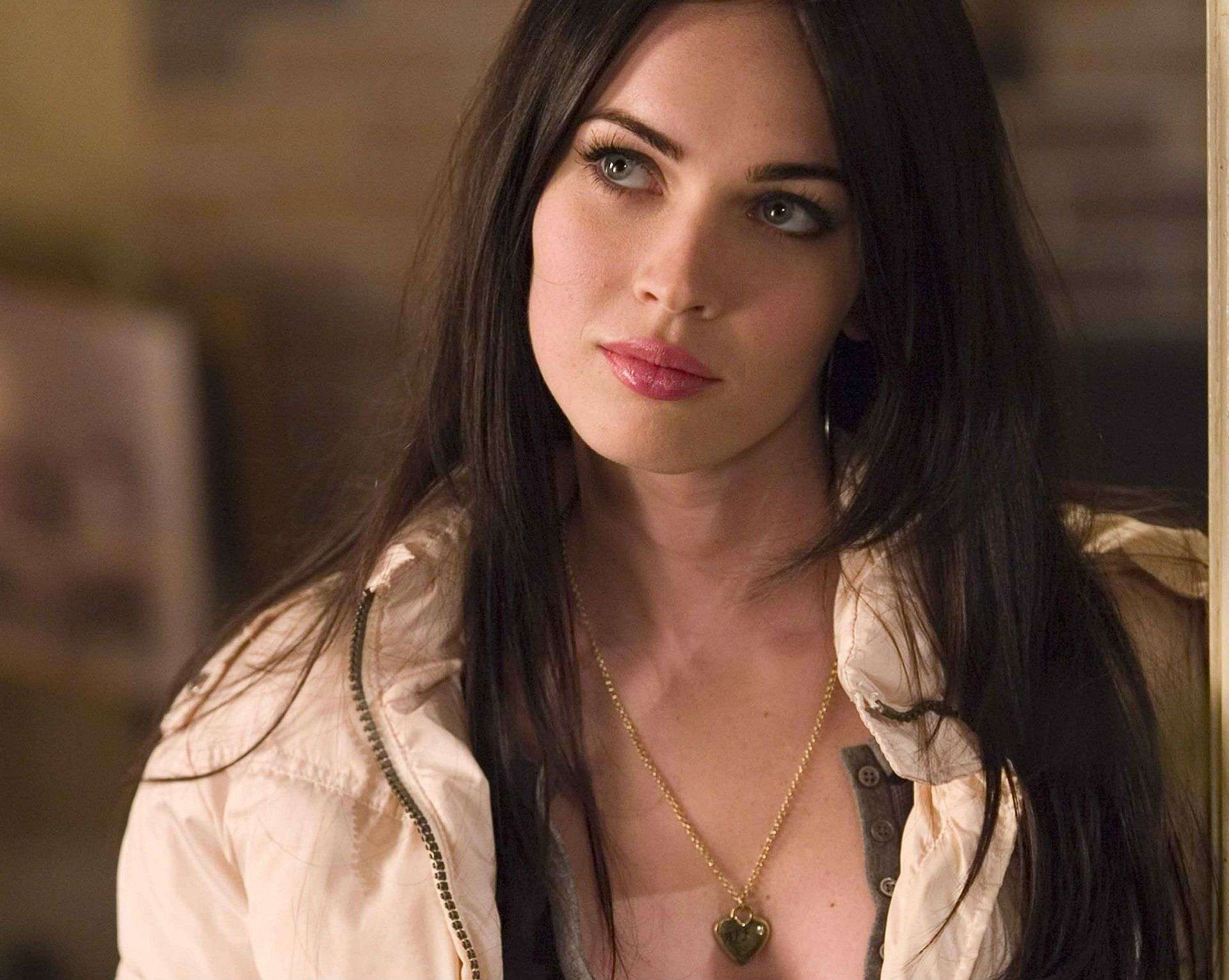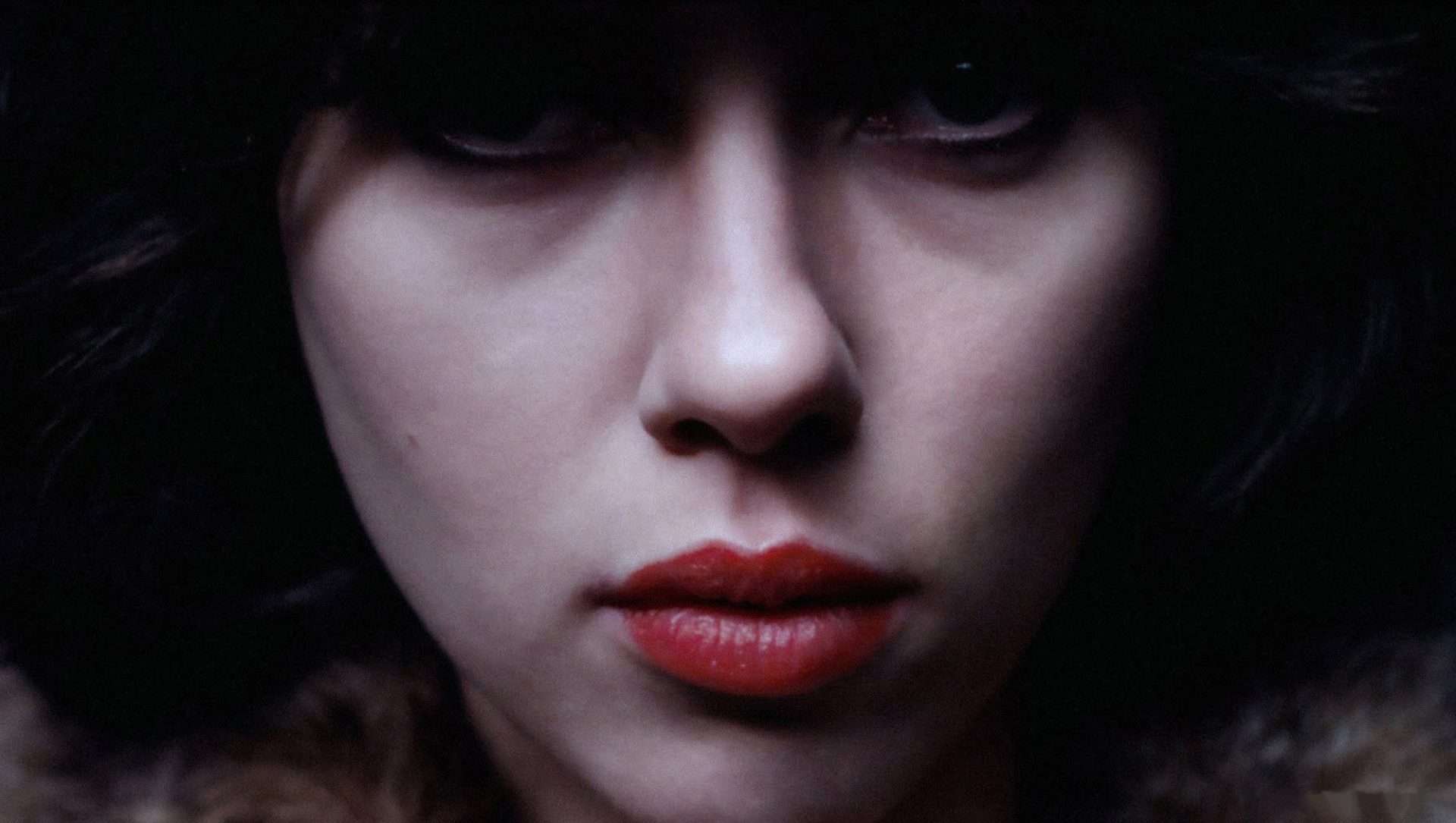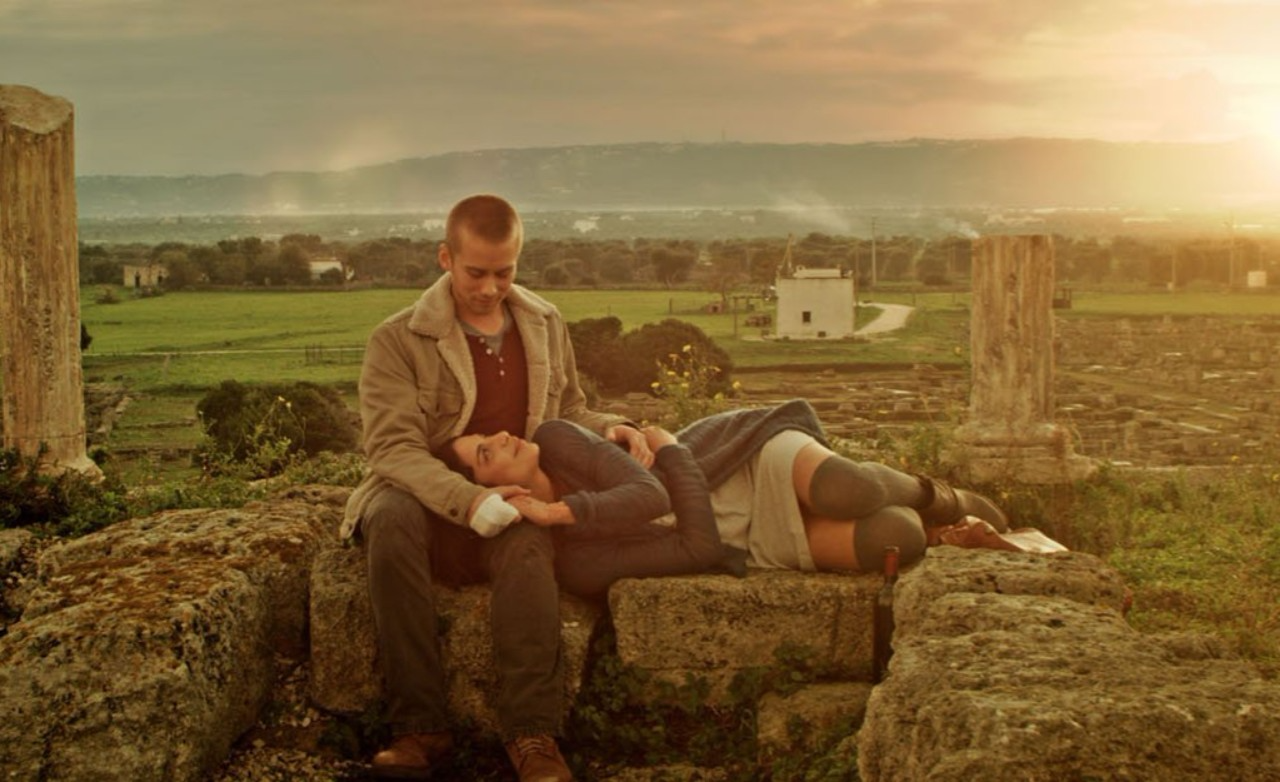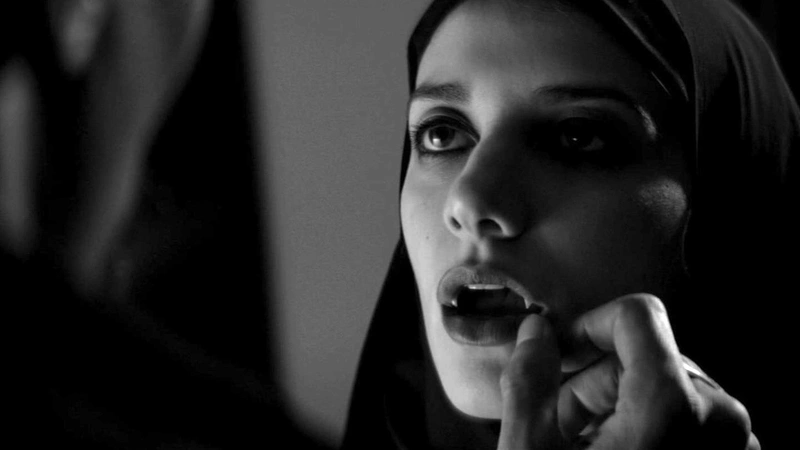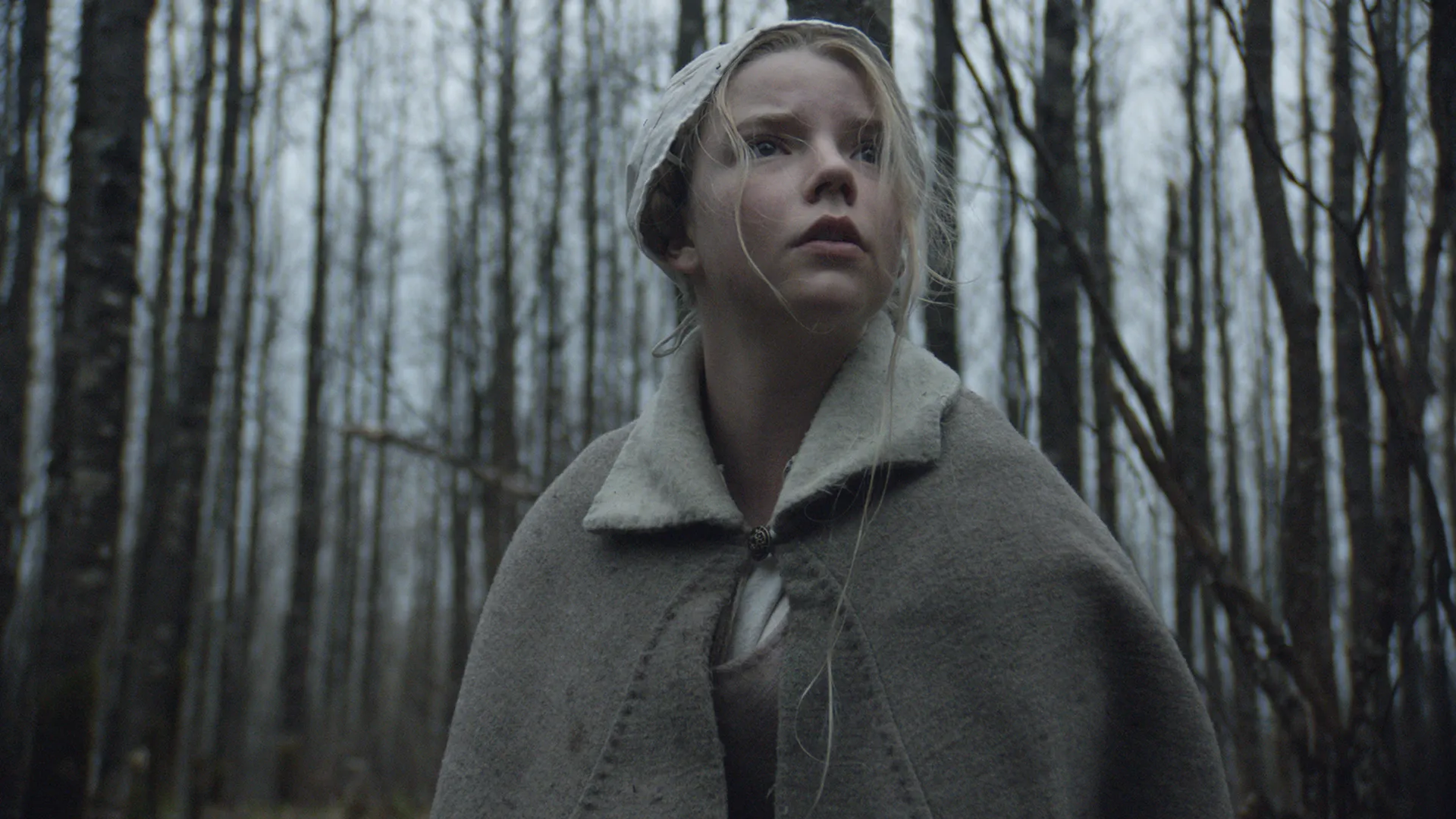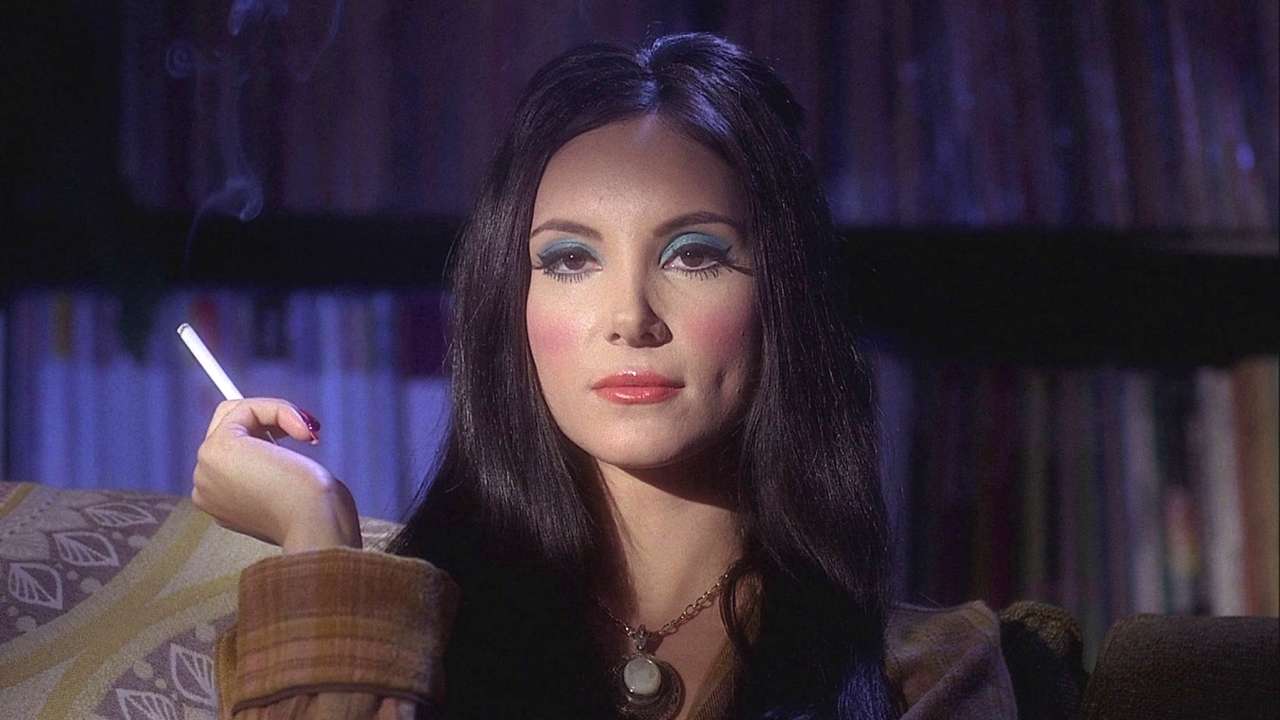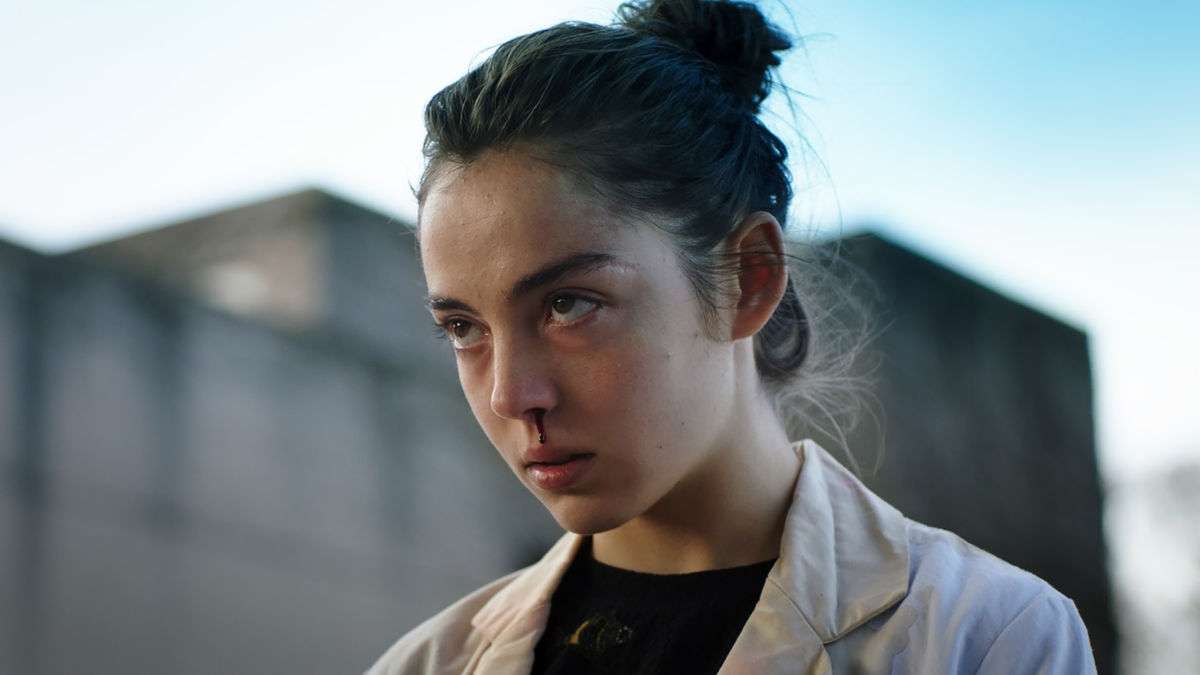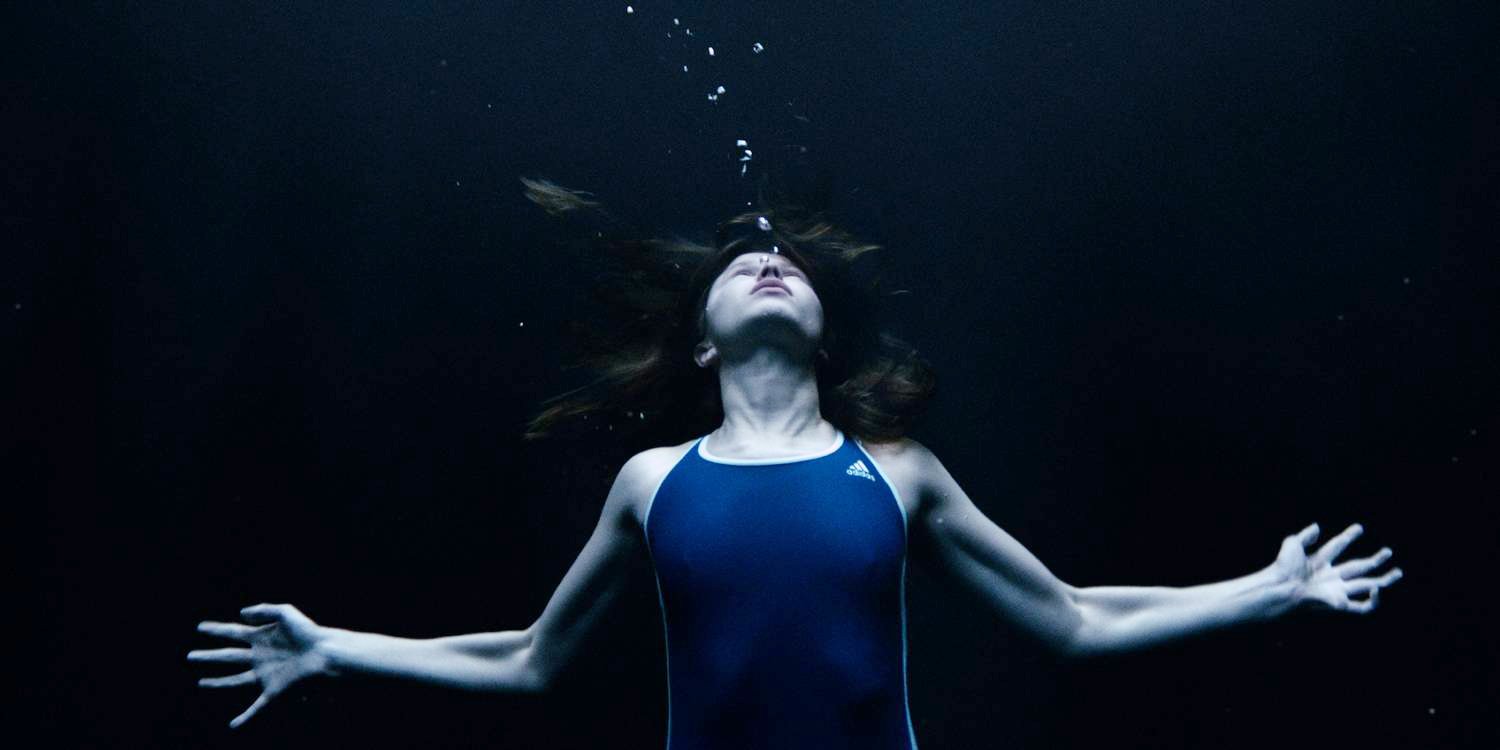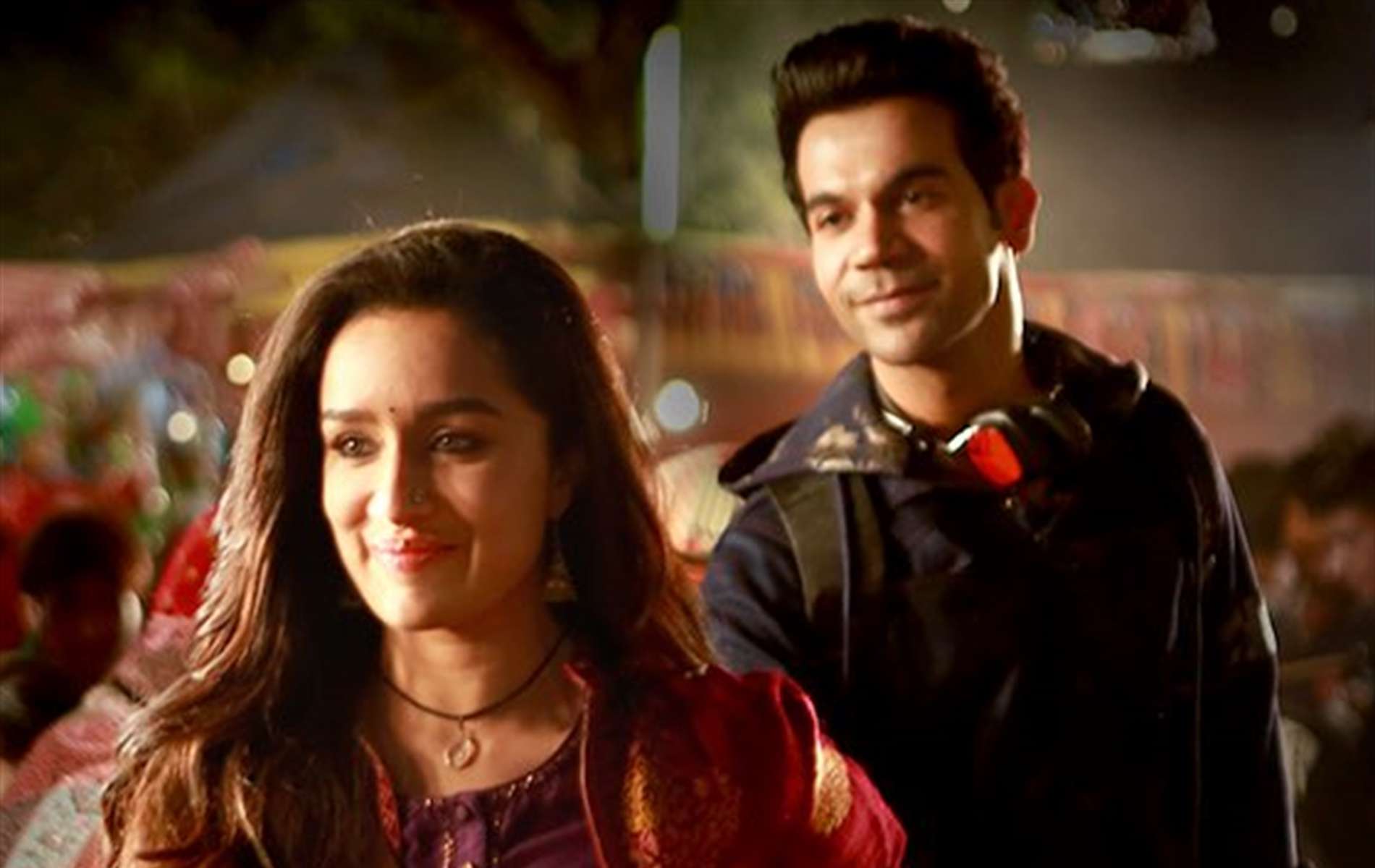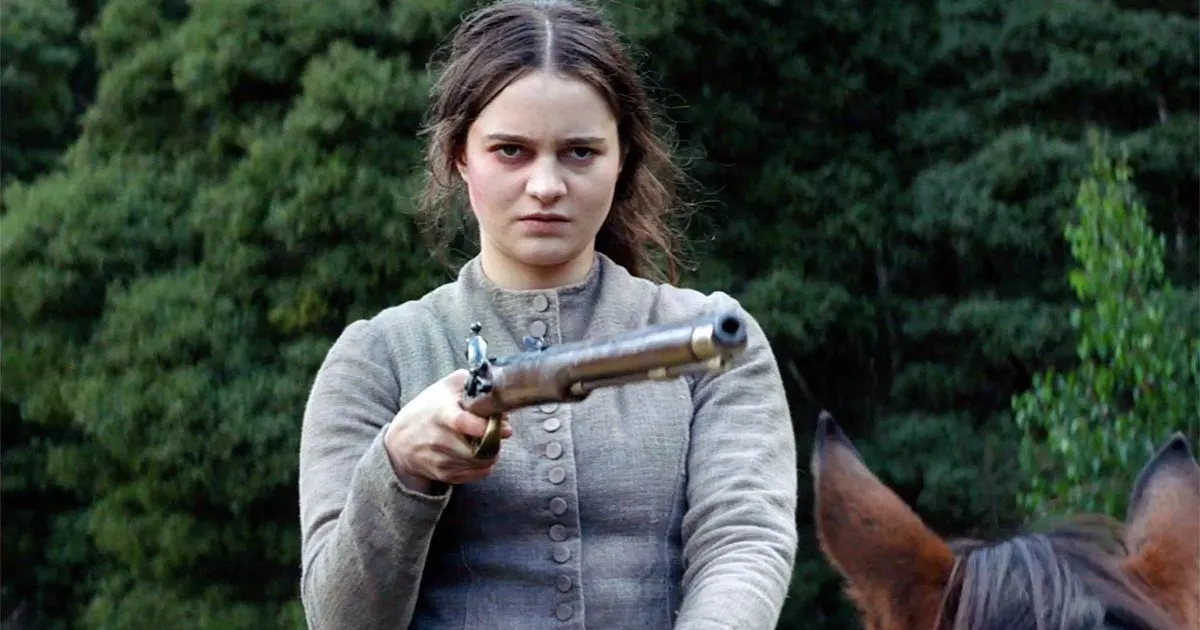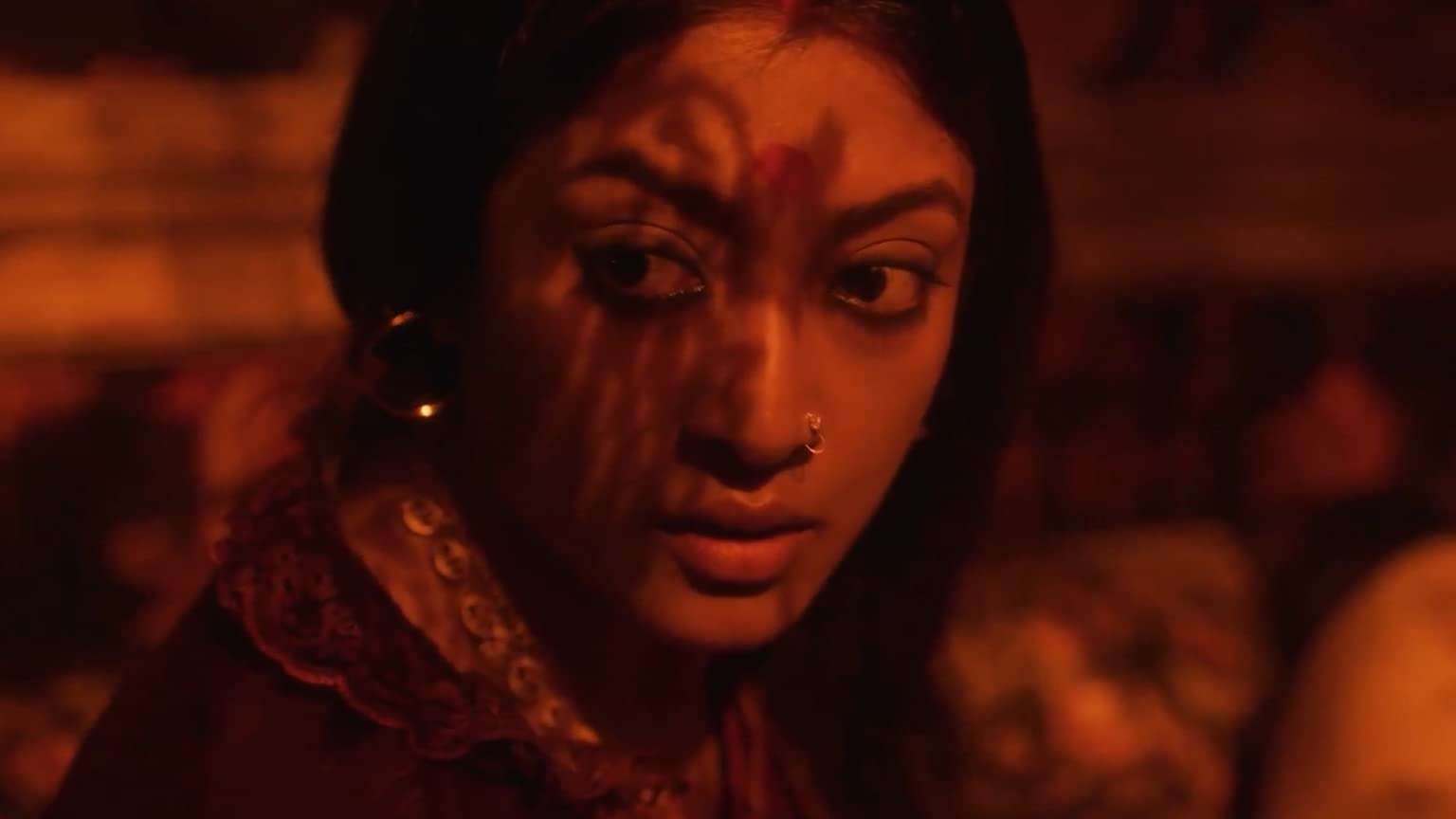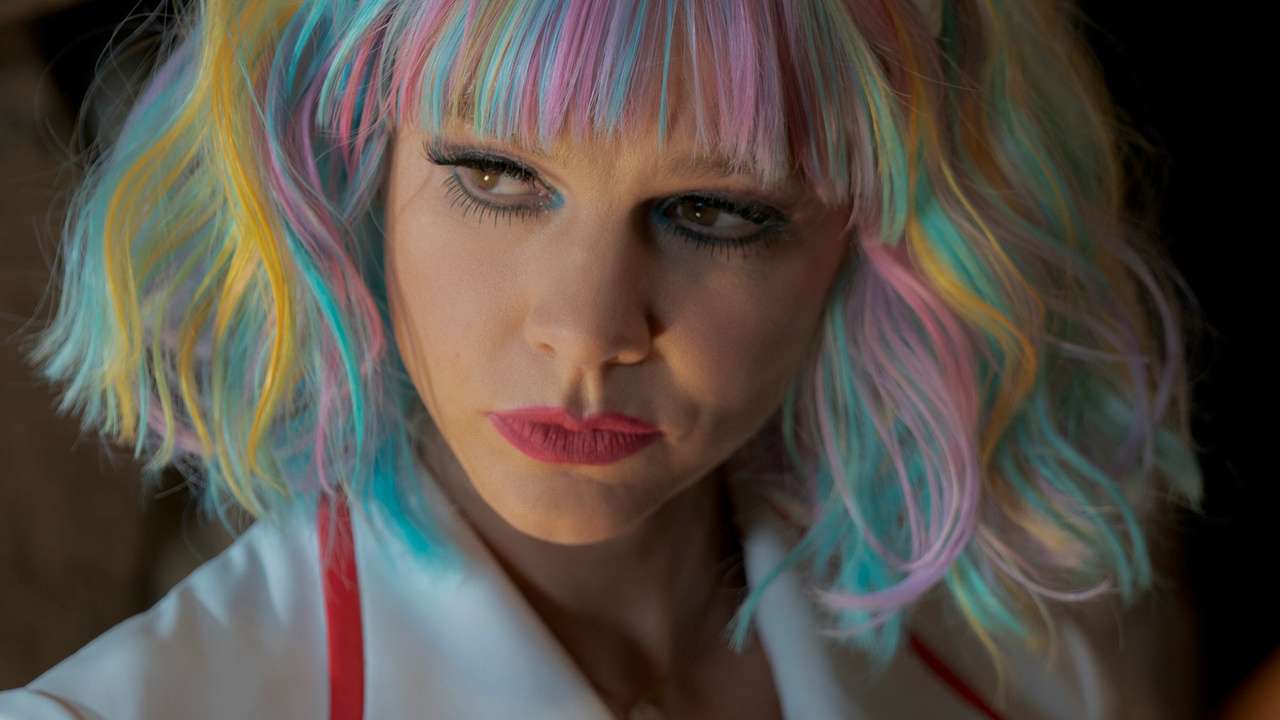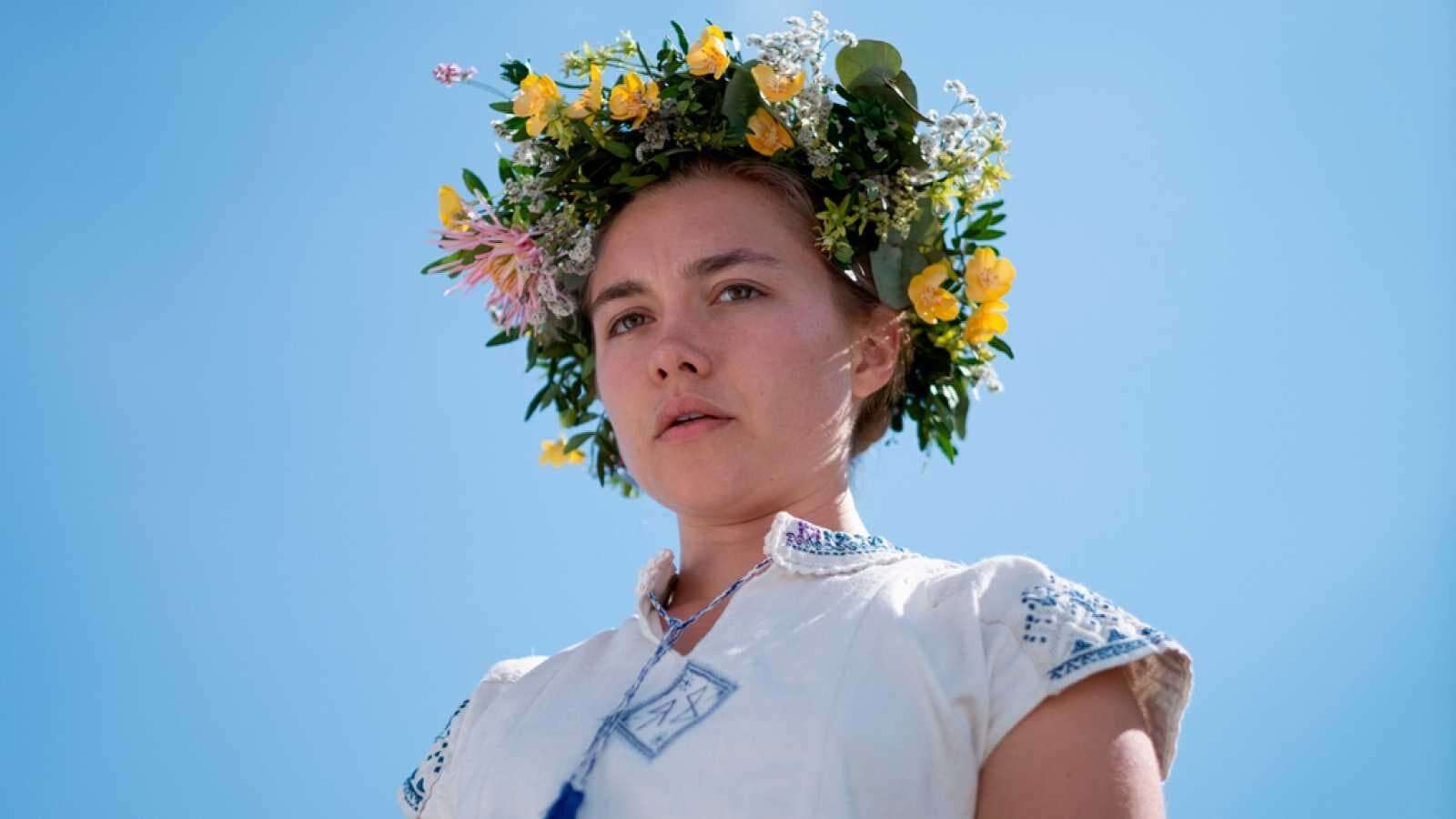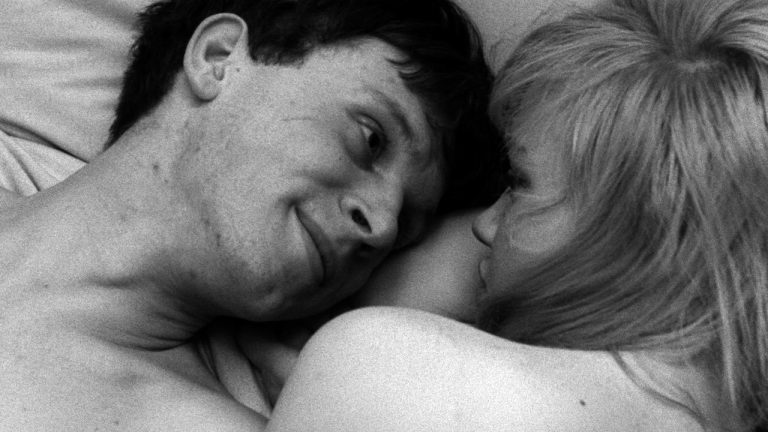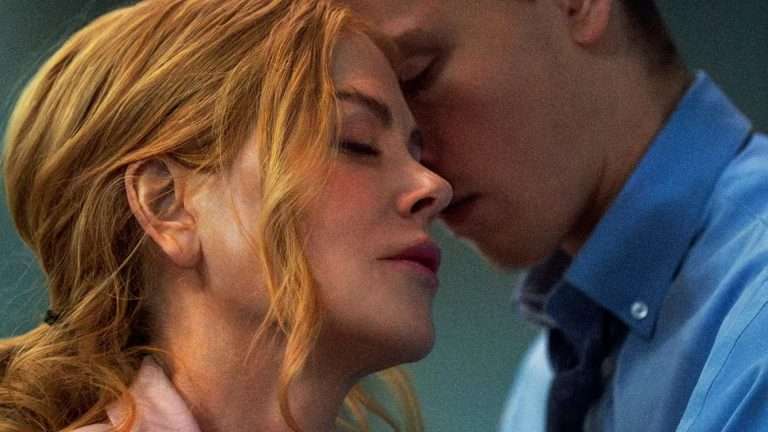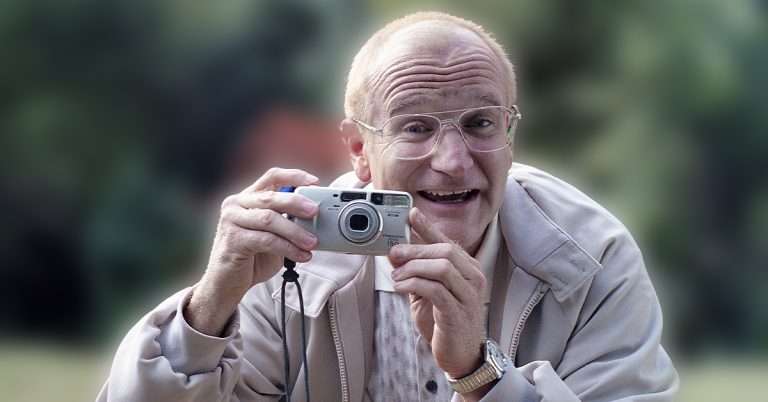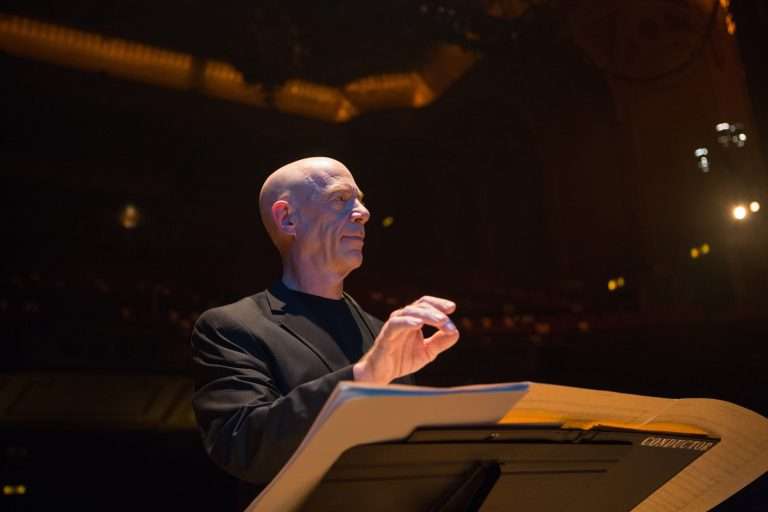Best Feminist Horror Movies of All Time: The representation of the female gender in horror films witnessed a paradigm shift with the introduction of feminist politics and theory to mainstream cinema. The new generation of female-centered ‘feminist horror’ films with innovative scares and feminist overtones discarded women being conceptualized solely as stereotypical damsels in distress, sexualized objects of desire, or simply helpless victims. While the conventional horror genre utilized female victimization and graphic violence inflicted on female characters to evoke terror and fear, feminist horror addresses the disastrous aftermath of the oppressive patriarchal system on the collective feminine body. These films explore the psychological experience of fear and horror experienced by women in their everyday lives, from gaslighting to objectification and from intimate partner violence to pregnancy.
The feminist horror is distinct for its manifestation of feminine experience and womanhood and lays bare the actuality of what it means to be a woman. While depicting the nuances of womanhood, it delves into the ever-changing bodies, intricate emotions, and the darkest internal struggles that take a toll on women’s psyche. This breed of films engages in diverse themes from rape-revenge, coming of age, sisterhood, motherhood, aging, mental illness, and sexuality. These films feature a fierce female protagonist in revolt, with shades of grey in their character, reigning terror on those who wronged or tyrannized them. Such stories of women rising against their oppressors and becoming oppressors themselves subvert the expectations of classical horror tradition on its head, giving legitimacy and voice to the ‘Monstrous Feminine.’
Feminist horror enabled the reclamation of the typically male-constructed horror canon, characterized by images of virginal final girl and the punishment of sexual female, and paved the way for the empowering capacity of the monstrous feminine. Carol Clover’s Men, Women, and Chain Saws: Gender in the Modern Horror Film (1992) started the groundbreaking feminist critique of gender and sexuality in the horror genre. However, the visual discourse of the turnabout of women from victims to monsters is discussed critically by Barbara Creed in her seminal text The Monstrous-Feminine: Film, Feminism, Psychoanalysis (1993).
The Monstrous Feminine refers to the conceptualisation of women and femininity as monstrous and challenges the ultimate patriarchal and superficial understanding of women. Creed interprets that the monstrous feminine horrifies the viewers through her sexuality and arose from male anxieties concerning female sexual differences, reproductive functions, and matriarchal traits. Creed observes that there are various guises of the monstrous feminine, which all reflect female sexuality: archaic mother, monstrous womb, vampire, possessed monster, witch, and castrating mother.
While the female monsters were perceived as unnatural and repulsive earlier, monstrosity is now being valorized, characterizing the deviancy as brave and daring, a protest and rebelliousness against the hostile, patriarchal world. They are violators of moral and gender norms who instinctively take bloodthirsty revenge on their oppressors for their empowerment. Such horror films in which the women characters take bloody, indiscriminate revenge on their oppressors give us a rush of vicarious satisfaction. In the genre of horror, women find empowerment in being succubi, vampires, demons, witches, aliens, and more. They redefine their otherness and embrace abjection by questioning patriarchy, misogyny, objectification, and the repression of sexuality and desires. In light of Barbara Creed’s theory and the everyday horrors of womanhood, here’s a list of films from the earliest to the latest that discuss the presence of the monstrous feminine in the horror universe.
1. Psycho (1960)
Meet Norman Bates (Anthony Perkins), your friendly neighborhood innkeeper. He’s got a charming smile, an unsettling hobby of taxidermy, and a unique bond with his mother—who seems to have a stronger grip on the motel than the ‘Vacancy’ sign! The Bates Motel might not have a five-star rating, but it sure has five-star screams! It has the ultimate ‘check-in and never check-out’ experience with accommodations that are ‘to die for’—quite literally. The guests are guaranteed an unforgettable stay, courtesy of Norman’s hospitality and his mother’s peculiar housekeeping rules. Alfred Hitchcock’s classic horror film Psycho is peculiar for its rendering of the monstrous feminine as it can be observed through the character of Norman Bates’ mother, Norma Bates. Though she is not physically present for much of the film, Norma Bates is a pivotal figure whose influence shapes the narrative.
In Barbara Creed’s terminology, Norma Bates embodies the archetype of the castrating mother. By developing a split personality, assuming the identity of his mother, and exhibiting her traits, Norma lives through Norman, leading to the creation of the infamous ‘Mother’ persona. Norman’s desire to become the mother is motivated not by love but by fear: he wants to become a mother to prevent his own castration – to castrate rather than be castrated. Norma Bates symbolizes the darker aspects of motherhood—an oppressive, overpowering, and possessive figure who dominates Norman’s life even after her death, leading to his psychological distortion and violence.
The film’s exploration of the monstrous feminine archetype through Norman’s disturbed psyche and his relationship with his mother adds layers of complexity to the narrative, offering a chilling portrayal of maternal influence and its consequences. Norman’s character can also be a projection of societal fears about queerness or transgender people, specifically of the “man in a dress” or the “feminised man” that is a threat precisely because of their ambiguity in the eyes of the binary gender system.
2. Rosemary’s Baby (1968)
Rosemary’s Baby may seem like a typical domestic drama at first, in which newlyweds Rosemary (Mia Farrow) and Guy Wodehouse move into a gothic-style apartment building that looks like it’s straight out of a vintage postcard. While Guy’s acting career seems to be perpetually stuck in the understudy phase, Rosemary is hell-bent on being the ‘perfect wife.’ When Rosemary becomes pregnant, and the odd neighbor becomes a tad too interested in her expanding waistline, things go downhill until we realise the diabolical truth.
Roman Polanski’s classic horror film Rosemary’s Baby, based on Ira Levin’s 1967 novel of the same name, taps into fears and anxieties surrounding pregnancy and motherhood. Rosemary’s gradual realization that something is dreadfully wrong with her pregnancy aligns with the idea of the female body as a site of horror and potential monstrosity, challenging traditional notions of motherhood as inherently nurturing and beautiful. It reinforces the binary of pregnancy and motherhood as sacred and disgusting and virtuous and sinful.
Rosemary’s Baby is also a prototype of ‘Gynaehorror,’ that is, films concerned with all aspects of female reproductive horror. Rosemary embodies the monstrous mother or ‘woman as monstrous womb’ as she brings forth a child with sinister intentions into the world. This psychologically complex film addresses the idea of patriarchal control and the manipulation and misappropriation of female bodies for malevolent purposes, playing into fears of women being exploited or used for ulterior motives. Thus, the ‘womb’ becomes a site of patriarchal experimentation where the mother loses control of her body and pregnancy and navigates through a world where choices are not entirely her own. It also reflects broader maternal anxieties about autonomy and the fear of being trapped or controlled by societal expectations. It is a paranoia-ridden, metaphorical film that acquaints you with the fear, susceptibility, and a sense of abject powerlessness of impending motherhood.
3. Sisters (1972)
Ever wondered what happens when two sisters decide to add a dash of chaos to each other’s lives? Let’s meet the ‘dynamic duo’: one sister’s sweetness can give you a toothache, she is the epitome of charm, and the other, well, she’s a whole bag of surprises. Now, mix sisterhood, a wacky journalist, and a birthday surprise gone wrong. Well, hold onto your party hats, folks, because this movie takes sibling rivalry to a whole new level. Brian De Palma’s Sisters tells the story of a psychotic female slasher, Danielle Blanchion (Margot Kidder), who is invaded by the murderous personality of her dead Siamese twin, Dominique. Dominique’s character challenges conventional perceptions of femininity by blurring the lines between innocence and a more sinister persona. The film uses her character to explore the hidden aspects of femininity, delving into the internal conflicts and suppressed emotions within the female psyche.
An off-beat thriller that explores the complexities of identity, trauma, and psychological horror, Sisters pays tribute to Psycho, Rear Window, and The Cabinet of Dr Caligari. The notion of the monstrous feminine is intricately linked to the character of Dominique, who harbors a darker and more disturbed side. She is a femme castratrice who slashes at the male groin, the seat of phallocentric power. She does not seek revenge for rape as in I Spit on Your Grave; rather, she is depicted as psychotic, a madwoman who wishes to avenge herself against the whole male sex. The film is primarily a study of the castrated/castrating woman in which the latter is represented as the central figure of female monstrosity.
The film presents the notion of the castrated/castrating woman to emphasise the social and sexual definitions of what constitutes the proper feminine role for women. It is a definitive feminist horror film that rigorously analyses the oppression of women under patriarchal culture in the whole of patriarchal cinema. Danielle and Dominique are a surprise package you never knew you needed but won’t forget in a hurry.
4. The Exorcist (1973)
What is more terrifying than a girl going through puberty? William Friedkin’s The Exorcist employs horror to explore the physical and behavioral changes of female adolescence, the emergent female sexuality, and the confusion of a parent over the changes of a child approaching puberty. A spine-tingling masterpiece that remains a cornerstone of horror cinema, The Exorcist changed the face of horror with its depiction of 12-year-old Regan MacNeil’s (Linda Blair) demonic possession in a swanky Georgetown neighborhood. It isn’t just a horror movie; it transcends the typical scare-fest by delving deep into the human psyche. It revolves around Regan, a virginal young girl on the cusp of adolescence, who is living in a single-parent home. Her life takes a terrifying turn when she becomes possessed by a malevolent entity. The possession strips away the traditional attributes associated with femininity, presenting a distorted and terrifying image of a young girl.
In Barbara Creed’s terms, Regan is a possessed monster who defies the laws of traditional femininity. The possession, equated with the gendered aspects of female sexuality, is a feminist act, exposing the inability of the male order to control the woman whose perversity is expressed through her rebellious body. Regan is monstrous because she transgresses the boundaries of culturally-implemented gender roles and norms and upsets the established male-female hierarchy. In her possessed state, she transforms from an innocent and pure submissive girl to a troubled adolescent who misses her absent father and is at odds with her mother.
The abject horror comes from Regan being so far removed from her proper ‘feminine’ role. She pukes green bile, screams foul obscenities that would make a sailor blush, rotates her head around full circle, tries to castrate a priest, and masturbates with a crucifix. Her grotesque appearance, vulgar language, violent actions, and uncontrollable sexuality challenge the conventional portrayal of femininity. The Exorcist continues to be a chilling representation of the monstrous feminine that explores the fear and anxiety surrounding female sexuality and puberty.
5. Carrie (1976)
Brian De Palma’s Carrie is recalled as a cautionary tale—note to self: never mess with the shy girl who can move things with her mind! Picture this: it’s your typical high school drama, filled with mean girls, gym class horrors, and a mother-daughter relationship that makes Keeping Up With the Kardashians look tame. But wait, there’s more! Add in some telekinesis, a bucket of pig’s blood, and voila! Prom night turns into a horror show—literally! The film centers on the eponymous Carrie White, an introverted and friendless high school student who possesses telekinetic abilities. Carrie experiences bullying, ostracization, and abuse from her peers, especially due to her sheltered upbringing and overbearing religious mother. After being pushed too far by her bullies at the senior prom, she unleashes telekinetic terror on her small town, earning the sobriquet “the prom queen of horror movies!”
Carrie provides a nuanced portrayal of the monstrous feminine, exploring themes of power, repression, and the consequences of societal marginalization. According to Barbara Creed, Carrie is an interesting representation of the label ‘woman-as-witch’ and ‘menstrual monster.’ Creed associates motherhood with monstrosity, and the relationship between Carrie and her mother extends to misogynistic myths of menstrual blood, reproduction, and the infant-as-other. The monstrous feminine aspect of Carrie is multifaceted. Though she is initially depicted as a victim of ridicule and torment, she becomes a symbol of empowerment—a response to years of suppression and mistreatment.
The film portrays her unleashing her powers in a dramatic and vengeful manner during the prom scene, asserting control and retribution against those who have wronged her. In essence, Carrie challenges the traditional representation of women in horror as victims, presenting a female character whose supernatural abilities disrupt the power dynamics and serve as a metaphor for the dangers of repressing female agency and power.
6. I Spit On Your Grave (1978)
One of the earliest examples of female rape revengers, Meir Zarchi’s I Spit on Your Grave, is a highly controversial and polarizing film within the horror genre. It has got more revenge than a never-ending game of ‘Gotcha’! Our protagonist turns the tables on her aggressors in a way that’s, well, unforgettable. The revenge is served cold, raw, and… err, quite creatively that you might reevaluate your travel plans. It follows the story of Jennifer Hills (Camille Keaton), a writer seeking peace and solitude in a serene countryside cabin. But spoiler alert: tranquillity wasn’t on the itinerary! She becomes the victim of brutal gang rape and torture by a group of men who clearly missed the memo on ‘respect your neighbor.’ Left for dead, she survives and seeks a vengeful retribution against her assailants, systematically targeting each one.
Infamously known for its explicit and graphic violence, I Spit on Your Grave constitutes the most significant face of the monstrous-feminine—women as castrators. Jennifer assumes the femme castratrice, a woman who, in response to severe trauma or victimization, takes extreme measures to assert dominance or control through acts of revenge involving gruesome and extreme violence, emasculating her assailants both physically and psychologically. She turns into a monstrous feminine in her pursuit of enacting bitter-sweet vengeance on the monsters who brutally assaulted her.
The film departs from the passive female victim stereotype and instead presents a woman who takes control of her situation, becoming a force to be reckoned with. The castrator challenges the masculinity, phallic power, and authority attackers by symbolically castrating them. This deeply disturbing exploration of the cycle of violence and the psychological aftermath of trauma is not for the faint of heart and should be approached with caution and sensitivity. Let’s just say Jennifer’s to-do list included not only tackling writer’s block but also employing creative justice with a dash of poetic irony.
7. Alien (1979)
Ridley Scott’s science-fiction horror Alien is the ultimate space adventure gone wrong—picture a cosmic vacation being destroyed by an acid-blooded, face-hugging, chest-bursting otherworldly monster! The Nostromo crew, during their interstellar journey takes a wrong turn when they stumble upon a distress signal from a mysterious derelict spaceship. Here’s where the fun begins: cue a mysterious egg that screams ‘run for your life.’ Now, the crew comes across an extraterrestrial creature that turns their routine trip into a game of hide-and-seek. Alien utilises the image of the unscrupulous ‘primordial/archaic mother,’ with the titular alien as the point of origin and end. She begins the relentless cycle of birth and death, as well as represents the castrator in her ability to subvert reproductive roles.
Alien uses the monstrous feminine representation to explore fears related to pregnancy, childbirth, and the violation of the male body—a departure from the usual male-dominated horror narratives. The Xenomorph, despite being a non-gendered creature, bears strong symbolism associated with the monstrous feminine archetype. Its life cycle, reminiscent of childbirth, starts with an egg, then progresses to a facehugger that attaches to male crew members, finally culminating in the birth of the Xenomorph itself. This cycle echoes themes of reproductive horror, aligning with traditional fears surrounding childbirth and maternal aspects of femininity. The mother being able to impregnate even male hosts with her little bundles of terror creates a sort of abject twist on motherhood. To be honest, it is one of the most disturbing creature designs in cinema history and the most complex representation of the monstrous feminine in terms of the maternal figure.
8. The Brood (1979)
From the master of body horror, David Cronenberg comes his most personal feature, The Brood, in which family therapy sessions take a spine-chilling turn and bad parenting gets a whole new meaning! We are introduced to Nola Carveth (Samantha Eggar), a disturbed and enigmatic female who is undergoing therapy under Dr Raglan. The psychotherapist employs a radical role-playing technique called ‘psychoplasmics’ that encourages patients to let go of their mental disturbances, causing the patient to physically manifest their anxieties in the form of strange and grotesque wheels on their bodies. Add in a series of brutal murders committed by a pack of dwarf-like mutant kids. Trust me, there’s more therapy than you can shake a stick at, and the word ‘dysfunctional’ doesn’t even begin to cover it.
Femininity and motherhood in horror are framed as something to be feared; a disease passed down through generations, what Barbara Creed called “the disease of being female.” In The Brood, ‘female’ is an abject creature controlled completely by its emotions and reproductive functions. This deeply bizarre narrative employs the ‘woman as monstrous womb’ trope to show the abject depiction of motherhood that’s not socially expected of the maternal figure. Nola is depicted as a woman with a traumatic past who is haunted by the memories of parental abuse.
Her body hatches grotesque “brood” children, born from her rage and trauma, becoming physical manifestations of her suppressed emotions and inner turmoil. Nola’s rage originates from her husband’s disgust at her maternal mothering functions, which are a source of repulsion and terror. In his quintessentially unorthodox style, Cronenberg gives a twisted exploration of the monstrous feminine and a distorted and unsettling reading of maternal instincts and intergenerational trauma.
9. Ms .45/ Angel Of Vengeance (1981)
The mostly male-directed, rape-and-revenge exploitation films like The Last House on the Left (1972), Thriller: A Cruel Picture (1973), Ms .45 (1981), and Baise-moi (2001) were often criticised as voyeuristic and misogynistic. However, Abel Ferrara’a Ms .45 is often analyzed through a feminist lens in the horror genre due to its exploration of themes related to gender-based violence, empowerment, and the female experience. The film follows Thana (Zoë Tamerlis), a shy and mute seamstress who gets assaulted twice in one day and decides, “You know what? I’ve had it!” Armed with her trusty .45, elevated fashion choices, and classic ‘killer shoes’—literally!, she embarks on a vigilante spree against every catcaller and sleazeball in New York City.
The movie navigates the trauma Thana faces and her transformation into a vengeful killer targeting predatory men. It portrays her reclaiming power in a society where women often face harassment and violence from way too many creeps and perverts. This dark and intense film is notable for its climactic scene where Thana puts on a nun costume, goes to a Halloween party, and shoots everybody, fulfilling more revenge than your average vendetta.
From a feminist perspective, Ms .45 challenges traditional gender dynamics, portraying Thana as an anti-heroine seeking revenge against her aggressors. The film critiques societal attitudes toward women, emphasizing the relentless harassment and objectification they endure. Thana’s retaliation is a symbolic response to this oppression, highlighting the repercussions of such behavior. Additionally, the movie subverts the conventional portrayal of female characters in horror. Instead of being a victim or a passive observer, Thana becomes a formidable force, confronting her attackers and challenging the status quo.
While its graphic nature may be unsettling, Ms .45 can be regarded as a prototype of feminist horror, addressing issues of violence against women and the empowerment found in reclaiming agency over one’s life. It’s a cautionary tale: don’t mess with a woman who knows her way around a sewing machine and a .45. Thana is a cult icon now – the ultimate feminist fashionista turned avenger! If you have watched the first season of Euphoria, you might remember that Kat dressed up as Thana for Halloween. (Side note: If you’re already starting to notice a running theme of rape and revenge on this list, buckle up.)
10. Possession (1981)
Andrzej Zulawski’s Possession is a film so strange that you’ll need a relationship counselor after just to figure out what you have just watched. This mind-bending psychological horror follows Anna (Isabelle Adjani) and Mark, a married couple whose relationship crumbles into an abyss of emotional turmoil and surreal chaos. What begins as a tale of marital discord takes an inexplicable turn when Anna’s behavior becomes increasingly erratic and mysterious. Add the mysterious tentacled creature because nothing screams ‘relationship issues’ like a bit of Lovecraftian horror. And let’s not forget the terrifying, boundary-pushing, and downright bizarre subway scene featuring an onscreen miscarriage that will leave you scratching your head and saying, ‘Well, that’s one way to visualize relationship turmoil!’
In Possession, Anna wears the cap of the monstrous feminine, the monstrous mother, by defying her expected and conventional roles as mother and wife. Her refusal to conform to society’s laws by compromising her sexuality inevitably leads to her insanity. This monstrous motherhood can be witnessed in her meltdown in an empty subway station, where she spirals and whirls until she is a filthy, frothing pile on the floor. The scene presents the natural female processes of childbirth as abhorrent and violent; blood and white mucus pour from Annaʼs mouth and genitalia.
Anna’s character embodies a sense of unpredictability and hysteria, portraying the turmoil within her psyche. Her relationship with the monstrous creature can be seen as a metaphor for the chaos and emotional upheaval she experiences, reflecting the complexities of femininity and the suppression of female desires and emotions within society. All in all, Possession is a complex rendering of a deteriorating relationship that emphasizes the intricacies and darker aspects of the female psyche.
11. The Hunger (1983)
Tony Scott’s directorial debut, The Hunger, constructs a world where vampires sip blood like it’s fine wine and look impeccably fashionable doing it. Miriam Blaylock, a centuries-old vampire elegantly embodied by Catherine Deneuve, and his current partner John are living their eternal lives in the most fabulous way possible in a darkly lit, opulent home that is like a vast womb-like mausoleum. They have got it all—style, sophistication, and a hunger for blood that’s almost as insatiable as their love for each other. However, eternal life comes with a catch, and for John, it’s a case of rapid aging, and not even a fridge full of blood can fix that. Sarah comes as a savior, a doctor researching the secrets of aging, and she stumbles into this vampire love triangle, where the lines between immortal and human start to blur.
In this British erotic horror capsule that’s equal parts gothic romance and a haunting disco fever dream, Miriam embodies an immortal and alluring figure whose longevity contrasts sharply with the typical associations of femininity and aging. She represents an archetype of timeless beauty and seduction, but behind this facade lies a dark and predatory nature. Miriam’s beauty is her weapon, luring victims into a false sense of security before she reveals her vampiric thirst for blood. She is the ‘vampire/archaic mother’ who gives birth to her vampire/lover with the promise of eternal life, and it is she who teaches the vampire/child how to feed.
As the story unfolds, it exposes the inherent horror of Miriam’s immortality. Her lovers, like John, are mere mortal men who suffer the consequences of her unending existence. They age rapidly while she remains unchanged, revealing the disturbing consequences of her seductive and vampiric allure. Thus, Miriam’s character epitomizes the monstrous feminine by subverting traditional notions of femininity and beauty, showcasing the terror that lies beneath the surface of eternal youth and desirability.
12. Basic Instinct (1992)
Get ready for a wild ride as we follow a police detective trying to solve a murder mystery while trying not to get too distracted by a certain femme fatale with a penchant for crossing and uncrossing her legs. Meet seductive and enigmatic Catherine Tramell (Sharon Stone), a prime suspect in a brutal murder who could charm her way out of a police lineup. And let’s not forget our ice queen’s infamous ice pick, making cool choices that’ll leave you frozen in suspense! Paul Verhoeven’s erotic thriller Basic Instinct is a whodunit mystery that rides on suspense, intrigue, and legs that’ll have you crossing your own in anticipation! It is not a conventional revenge film, as the narrative does not justify the woman’s desire to kill.
Basic Instinct suggests that all women are potential killers and that having sex with women is an extremely dangerous business. Catherine, stabbing her lover to death while having sex, metaphorically suggests that she is a deadly vagina dentata. The monstrous feminine in Catherine terrifies the men with the fear of castration, and during the famous interrogation scene, she makes a power play and castrates all the cops in the room. She usurps the paternalistic, patriarchal authority by wielding the weapon of sexuality. Catherine subverts traditional gender roles and conventional notions of femininity and wields power through her allure and ability to manipulate others. The film ultimately dictates that for the unsuspecting man caught in the throes of orgasm, death may come at any time.
13. Audition (1999)
Welcome to Takashi Miike’s Audition—where finding the perfect partner will get you much more than you bargained for. A Japanese horror that has such an unpredictable plotline and surprise ending you may not conjure it in your wildest sadistic nightmare. Our leading man, Shigeharu, is a widower searching for love who thinks an audition is the perfect way to find a soulmate. When his ‘unique’ audition technique lands him a date with Asami (Eihi Shiina), a shy girl with a collection of burlap sacks and a fondness for wire saw and mace, things go from ‘I do’ to ‘I’m scared’ faster than you can say ‘red flags.’ Just when you think it’s a love story, it veers into a loop-de-loop and will redefine the ‘love at first sight’ trope in the creepiest way possible.
Audition uses horror as a vehicle to highlight the societal horrors faced by women in patriarchal Japanese society. In Asami, we find the perfect personification of the irrational rage of a woman scorned. She is a demonic femme fatale who doesn’t take any chances and never hesitates to torture her male would-be oppressor. While she appears as an enigmatic and seemingly demure woman at first, she transforms into a symbol of the monstrous feminine. She depicts a woman who, on the surface, adheres to societal expectations but conceals a deeply disturbing and vengeful nature, challenging the traditional depiction of women in horror films.
The film critiques the objectification of women and the male gaze and is ultimately about the male fear of women and female sexuality. Asami is an avenging angel who unveils a darker side, challenging the traditional perceptions of femininity. Her descent into madness and violence presents her as a figure embodying the monstrous feminine trope.
14. Ginger Snaps (2000)
Menstruation is often depicted as a transformative phase—often coinciding with a girl’s transition into womanhood or a woman’s embracing of her power. In some narratives, menstruation can be linked to monstrous transformations or supernatural elements, depicting the power and potential ‘otherness’ of women’s bodies. John Fawcett’s Ginger Snaps is a hair-raising journey through the ups and downs of sisterhood, puberty, and, well, the occasional werewolf apocalypse. More of a ‘coming-of-werewolf’ story, the film follows two death-obsessed teenage sisters, Ginger and Brigitte, who plan to stick together until death. When Ginger undergoes a transformation after a werewolf attack, complicating the sisters’ potential suicide pact, the iconic goth sisters get a bite of more than just sibling rivalry. Using a girl’s transformation into a werewolf as an allegory for puberty? Genius.
Ginger Snaps bridges menstruation and monstrosity to explore the challenges of transitioning into womanhood. Ginger’s newfound urges, physical changes, and emotional volatility align with traditional symbols of the monstrous feminine—where female transformation is linked to power, sexuality, and unpredictability. The werewolf-as-puberty metaphor is a well-mined one, symbolizing the societal fears and misunderstandings surrounding female puberty and sexuality. It challenges the notion of the traditional feminine, portraying the unleashed desires and dangers associated with it. The film addresses themes of female empowerment, the fear of female sexuality, and the struggles of adolescent girls navigating societal expectations. It presents the monstrous feminine not as a source of terror but as a manifestation of the challenges and complexities women face while embracing their own identity and power.
15. Hard Candy (2005)
David Slade’s Hard Candy is an intense and nerve-wracking game of ‘who’s playing who.’ The predator becomes prey and vice versa so quickly that it will make your jaw drop faster than you can say OMG. Imagine an innocent chat online leading to a rendezvous that’s more intense than a blind date gone wrong. Jeff, a photographer with a secret that’s shadier than his darkroom, meets a teenage girl who sets the playground for the ultimate game of cat and mouse! Hard Candy follows 14-year-old Hayley Stark (Elliot Page), a teenage girl with a mission who believes that 32-year-old photographer Jeff is a paedophiliac and intends to punish him. Hayley becomes an unlikely predator who traps, tortures, and murders a paedophilic photographer, Jeff, by luring him into her trap through sexual manipulation.
A reversal of the ‘Red Riding Hood’ myth, Hard Candy deceptively chooses an innocent and most implausible body to be the monstrous feminine. Hayley’s character challenges traditional perceptions of innocence and vulnerability associated with young women. Her transformation throughout the film showcases a shift from potential victimhood to a force to be reckoned with. Through Hayley’s characterization, the unspeakable horror of the monstrous feminine is given comfortable space within the realm of reason. She is awarded a justification and purpose and granted her voice and agency. Hard Candy explores themes of empowerment, justice, and retribution, offering a complex portrayal of femininity that diverges from traditional stereotypes. Her actions challenge societal norms and provoke questions about the complexities of power, control, and gender dynamics.
Related to Best Feminist Horror Movies: Women in a Man’s World: A Close Look at Aditya Kripalani’s Filmography
16. Teeth (2007)
I’d like to call Mitchell Lichtenstein’s Teeth “Jaws Down There,” as it brings a whole new meaning to the phrase ‘bite me.’ One of many examples of early feminist horror that was at first maligned only to later become appreciated as a cult classic, Teeth is considered seminal to the subgenre. Teenager and the spokesperson for a Christian abstinence group, Dawn O’Keefe (Jess Weixler) isn’t your typical girl-next-door. She’s got a bit of a, ahem, she has teeth in her vagina. The title of the film is a reference to the ancient trope of ‘vagina dentata,’ a folk tale in which a woman possesses teeth in her vagina.
As Dawn navigates her sexual awakening and encounters predatory men, her condition becomes a form of built-in defense against sexual assault. It is a swoon-worthy fantasy of every victim of sexual abuse to possess a vagina dentata to seek revenge against their rapists and perverts by biting their penises off with their vagina. Dawn is the ultimate monstrous feminine transforming the psychosexual Freudian concepts of penis envy, castration, and vagina dentata into rape revenge power fantasies, and we honestly just love to see it.
Teeth isn’t your average coming-of-age story but a commentary on societal attitudes toward female sexuality, consent, sexual autonomy, and the fear of women reclaiming control over their bodies. Dawn’s unique anatomical feature symbolizes the male anxiety surrounding women’s bodies and sexual power and becomes a metaphorical representation of female empowerment against sexual violence and exploitation. By depicting Dawn’s body as a weapon against male aggression, her body becomes a source of agency and protection instead of being passive or victimized. By flipping the traditional gender dynamics, Teeth indulges us in a nightmare/reverie (depending upon your gender) of defending against unwanted advances or how not to sink your teeth into the darker side of male-female relationships. Teeth will make you squirm, laugh, and rethink your high school sex-ed classes. So it is important to always treat a lady with respect—otherwise, you might just end up losing more than your heart.
17. Jennifer’s Body (2009)
Ever heard Dove Cameron’s song ‘Breakfast’ which sings, “I eat boys like you for breakfast… It makes me feel alive.” Jennifer took it seriously and made it her raison d’etre when she became possessed by a demonic entity that turned her into a man-eating succubus. Welcome to Devil’s Kettle, where our eponymous heroine found her empowerment against predatory men. Jennifer (Megan Fox) is your typical high school cheerleader cum queen bee—popular, beautiful, a femme fatale to the bone. Jennifer had a demon makeover when she was offered as a sacrifice to Satan in exchange for fame and wealth by the Satanist band members of Low Shoulder. Now, she’s got an appetite for more than just prom dates and is hungrier than a werewolf at a buffet. She feeds on boys to sustain herself and uses her overpowering sexuality to take revenge on the gender that did her wrong.
Writer-director Karyn Kusama’s Jennifer’s Body is now enjoying a revival as an overlooked feminist cult classic in the wake #MeToo movement. It is notable for its ahead-of-its-time subversion of the male gaze, exploration of women’s desires, and the struggles and vulnerabilities of adolescence. Jennifer embodies the possessed monster trope, but instead of presenting her as a one-dimensional monster, she is represented as a blend of victim and antagonist, challenging the audience’s perceptions of female characters in the horror genre. The narrative questions the way women are perceived and consumed, both literally and figuratively, within a patriarchal society. Moreover, the film delves into the themes of female solidarity and the complexities of female friendships, adding depth to the narrative beyond the horror elements. Thus, it offers a refreshing perspective by presenting a narrative that places women at the forefront and addresses their experiences in a genre often dominated by male-driven stories.
18. Under The Skin (2013)
An oft-underrated piece of experimental cinematic horror, Jonathan Glazer’s Under the Skin presents one of the most terrifying yet seductive faces of the monstrous feminine in Feminist New Wave Cinema. It isn’t your typical alien invasion story—it will make you question everything you thought you knew about otherworldly beings. Our extraterrestrial friend, played by Scarlett Johansson, is on a mission to lure unsuspecting men into her lair. Hey, who wouldn’t pick up Scarlett Johansson on a dark Scottish road? Imagine E.T. meets The Twilight Zone but with a dash of high fashion and a side of existential dread. Scarlett’s alien in human form can be read as a contemporary iteration of the seductive and ‘devilish’ Maria from Metropolis. It is said to be inspired by the Scottish folklore of Baobhan sith, female vampire-like creatures who prowl during the night, preying on men.
So, grab your popcorn and prepare for a mind-bending journey evolving the monstrous feminine trope with riveting subversion. The female body in Under the Skin is terrifying as she exercises her power and threat to eviscerate the male body. The weaponisation of her body and her expression of sexuality makes her a succubus that plays directly into age-old myths regarding female monstrosity. It offers a profound and compelling perspective within the realm of feminist horror, using its protagonist’s enigmatic presence to challenge conventions and prompt reflection on societal perceptions of gender, identity, and the human condition.
Moreover, the narrative explores the female experience from an outsider’s perspective, highlighting the struggles, alienation, and disconnect that women may feel within a society that often reduces them to objects of desire. The portrayal of the protagonist’s agency, her journey through a world where she is both predator and prey, and the commentary on societal objectification invites you to ponder on issues of femininity, alienation, and the complexities of female experiences.
19. Spring (2014)
Imagine if Before Sunrise and a creature feature had a lovechild. Spring, directed by Justin Benson and Aaron Moorhead, is a genre-bending romantic horror that is partly a supernatural thriller and partly a heartfelt indie romance. It is a mix of beautiful landscapes, blossoming romance, and a hint of monster mash. Our hero finds himself battling not just his quarter-life crisis but also an unexpected monster lurking in the gorgeous Italian countryside. The film introduces us to Evan, a young man grappling with personal tragedy who impulsively decides to travel to Italy. Amidst the picturesque scenery, Evan encounters Louise (Nadia Hilker), a mysterious and enchanting woman. She turns out to be a 2,000-year-old mutant who regenerates into different creatures every couple of decades. Super creepy, right?
Probably inspired by Lovecraftian horror, the strength of Spring lies in its ability to transcend traditional horror tropes. Louise’s character represents a departure from the conventional portrayal of the monstrous feminine as a physically threatening or overtly aggressive entity. Instead, her transformation embodies a more subtle exploration of femininity’s connection to nature, regeneration, and the cycle of life and death. Rather than embodying outright horror, Louise’s character embodies a sense of mystery and a supernatural connection to nature, blurring the lines between the monstrous and the divine aspects of femininity. Louise’s agency over her own transformation aligns with feminist principles. Instead of being a passive victim or object, she navigates her evolution, demonstrating an active role in her own destiny. The film presents her as a multidimensional character with desires, complexities, and a mysterious past that challenges stereotypical female representations in horror.
20. A Girl Walks Home Alone At Night (2014)
Writer-director Ana Lily Amirpour’s feature-length debut, A Girl Walks Home Alone at Night, is the ultimate vampire film for anyone who thinks, “You know what’s missing in horror? A vampire skateboarding in a chador!” The vampire in question, known only by the name of The Girl (Sheila Vand), has a killer style – literally. She is a sort of antihero vigilante who cruises the streets of the Iranian ghost-town Bad City on a skateboard, viciously attacking men who are abusive to women.
This unnamed feminist vampire, who teaches the unsavory men a gory lesson, subverts the traditional image of the veiled woman as helpless and submissive, turning the victimhood suggested by the film’s title on its head. She walks alone at night with no fear; she is the one to be feared. This bloodsucker is more interested in the underground music and strolling in the night than sparkling in the sunlight. She even takes the phrase “love bites” to a whole new level, with a romance that’s both dark and strangely endearing, with the two lovebirds communicating through long, brooding stares and, of course, the occasional neck nibble.
Jokes aside, A Girl Walks Home Alone at Night is not your average horror flick – it’s a quintessential feminist horror that explores the themes of gender inequality and the mistreatment of women, shedding light on the societal issues women confront in their daily lives. The Girl’s embodiment of the monstrous feminine occurs in her characterisation as a contemporary form of a vampire who takes control of her own destiny and uses her supernatural abilities to protect women from predatory men.
With such an empowered female protagonist who stands as a towering symbol of retribution against male oppressors, the film turns every genre trope and thrives on female agency, independence, and subversion of gender roles. The film’s black-and-white cinematography, minimal dialogue, and dreamlike and moody atmosphere contribute to its feminist horror elements. This nocturnal adventure of subversive rebellion is both alluring and terrifying, filled with unexpected moments, a killer soundtrack, and more vampire coolness than you can shake a blood bag at. Just don’t be surprised if you find yourself checking the shadows on your way home, half-hoping to run into a chador-clad skater vamp.
21. The Witch (2015)
Consider this your invitation to the 17th-century wild—where Puritan nightmares and black goats rule the screen! A separatist family moves to the middle of nowhere and sets up a farm by the edge of a huge remote forest. William and Katherine strive to lead a devout Christian life, homesteading on the edge of an impassible wilderness with five children. The eldest daughter, Thomasin (Anya Taylor-Joy), bears the brunt of the domestic chores and absorbs the family’s anxieties while going through puberty under the mistrustful eyes of her family.
When Black Phillip, a darkly colored goat, who is Satan in disguise, asks Thomasin, “Wouldst thou like to live deliciously?” all hell breaks loose. Add a dash of religious hysteria, a pinch of creepy twins, and evil-looking animals, and you’ve got a recipe for a movie that will teach you what happens when you mix religious fervor with an overactive imagination. So, grab your broomstick and join the witchy fun to uncover what’s lurking in the shadows!
Robert Eggers’ The Witch, referred to as “a New England folktale,” discusses a family torn apart by the sinister forces of witchcraft, black magic, and possession. On a deeper level, it traces Thomasin’s transition from girlhood to womanhood within a strict, Puritanical society and her realisation of sexual maturity, budding independence, and newfound confidence. She embodies the woman-as-witch archetype and becomes a monstrous feminine to challenge societal norms and perceptions surrounding women’s autonomy and power. The Witch presents the idea of witchcraft and feminine power as threatening to the patriarchal structure of the Puritan family. Thomasin’s actions and her perceived connection to witchcraft symbolize the fears and anxieties surrounding female empowerment and sexuality within a repressive society. The film can also be read as an empowerment tale in which Thomasin attains power over those who wronged her and is able to free herself.
22. The Love Witch (2016)
Let’s go for a psychedelic trip through a retro kaleidoscope of love, witchcraft, and fabulousness that’s so ‘70s you will start looking for your bell bottoms! Our protagonist, Elaine (Samantha Robinson), is a love-seeking witch on a quest to find Mr. Right, armed with potions, bewitching spells, and vintage outfits. Think of it as Sex and the City if Carrie Bradshaw were a modern-day sorceress! But when her magical love recipes get a little too powerful, the love she conjures might be more than anyone bargained for! Writer-director Anna Biller’s The Love Witch presents a delightful vision of the female gaze rarely allowed to flourish in horror. So, grab your broomstick and dive into this comedic horror where Elaine might leave a string of hapless victims in her desperation to be loved.
Elaine’s character embodies the archetype of the femme fatale, a seductive and empowered woman who challenges societal norms. She possesses a strong sense of agency, using her beauty, sexuality, and witchcraft to control and manipulate men. This portrayal challenges the traditional perception of women as passive objects of desire, presenting a character who wields her femininity as a potent force. The duality of Elaine’s character blurs the lines between victim and aggressor, beauty and monstrosity. On one hand, she embodies the conventional feminine ideal, exuding charm, grace, and beauty. On the other hand, her actions and manipulation reveal a darker, more ominous side. The film critiques societal expectations placed on women, particularly in the realm of romantic relationships. This mesmerizing, vintage-inspired joyride offers a complex exploration of femininity, power, and the complexities of being a woman in a society that often imposes unrealistic expectations and limitations.
23. Raw (2016)
There’s a popular saying, “You are what you eat.” Well, in Raw, that’s taken to a whole other level, and it’s not just a metaphor! Forget ‘meatless Mondays’—this movie will have you rethinking your entire diet! Julia Ducournau’s body horror drama Raw isn’t for the faint-hearted, but if you have a taste for the bizarre, Raw serves up a side of horror that’s both unsettling and strangely appetizing. Attention, all vegetarians: maybe skip dinner before watching! And others, Bon appétit! Imagine a lifelong vegetarian going to veterinary school, and the most shocking thing you encounter isn’t the dissected animals but the sudden urge to snack on some unauthorized protein.
Justine (Garance Marillier), who enters veterinary school, undergoes a series of hazing rituals that lead her to indulge in meat for the first time. The act triggers unexpected and primal changes within her. When she discovers her craving for human flesh, her vegetarian lifestyle takes a U-turn, and she’s forced into a gruesome indulgence.
Raw is a coming-of-age story with a twist—more like a coming-of-cannibalism tale that makes the monstrous feminine the focal point of its narrative. Justine’s carnivorous/monstrous “awakening” signifies her liberation from societal constraints and expectations typically imposed on women and the repressive nature of conforming to these norms. Her primal urges and appetite for flesh challenge the societal norms of femininity, showcasing the suppressed desires and instincts within women that are often deemed unacceptable or monstrous by society.
Justine’s transformation into a flesh-craving entity serves as a metaphor for the struggles of women in society, particularly regarding female sexuality and bodily autonomy, self-acceptance, and the acceptance of their desires. The film subverts the male gaze and the traditional victimization of female characters commonly seen in horror films and instead presents a complex and multidimensional female protagonist. With a buffet of disturbingly delightful scenes and exploration of feminine pleasure, identity, power, and agency, it is a thought-provoking example of feminist horror cinema.
24. Thelma (2017)
Ever wondered what it’s like to have superpowers? Well, Thelma’s got you covered! Forget about the Avengers or Justice League; we have got Thelma, the Norwegian superheroine dealing with her own chaotic mix of telekinetic powers and relationship struggles. Thelma’s powers seem to have a mind of their own—literally! They pop up whenever her emotions are on the rollercoaster, causing chaos in the most inconvenient moments. It’s like Carrie meets Frozen but with fewer princess songs and more existential crises. As Thelma explores her newfound powers, she grapples with her strict conservative and religious upbringing, her desires, and her attraction to another woman.
Joachim Trier’s Thelma is a coming-of-age tale about self-acceptance and embracing your uniqueness, even if that uniqueness involves accidentally unleashing your inner Jedi at the library. In essence, Thelma is a spiritual sister to Raw as it also delves into the awakening of a monstrous feminine who challenges the notion that female sexuality should be suppressed or controlled, advocating for self-discovery and acceptance without shame or fear. Thelma’s powers, which emerge unpredictably and destructively, can be seen as a metaphor for the dangerous and uncontrollable nature of female desires when suppressed or repressed by societal norms. In Barbara Creed’s terminology, Thelma assumes the monstrous figure of a witch to navigate her sexuality and break free from societal constraints. Thus, Thelma challenges the traditional gender roles and heteronormativity and celebrates the strength found in embracing one’s true self.
25. Revenge (2017)
Revenge, the directorial debut of Coralie Fargeat, doesn’t forswear the true horrors of rape and its aftermath but redeems the worst of its exploitative past in its originators like I Spit on Your Grave and Thriller: A Cruel Picture. Fargeat turns the disputable subgenre of rape and revenge upside down by offering a visceral rollercoaster ride with a heroine who goes from ‘survivor chic’ to ‘vengeance mode’ faster than you can say ‘ouch.’ Jen’s (Matilda Lutz) romantic getaway with her wealthy married boyfriend, Richard gets disrupted by the arrival of his sleazy friends for an impromptu hunting trip. When she is assaulted by them and left for dead in the desert canyon, she turns from a damsel in distress to a devil in disguise, serving revenge extra spicy. The movie’s got more blood than a clumsy vampire’s dinner party and nothing less than a survival guide for the apocalypse.
Revenge portrays the monstrous feminine not as a figure of horror or evil but as a force empowered by the trauma inflicted upon her, reclaiming control and seeking justice in a brutal and unrelenting manner. Her transformation from a vulnerable victim to a vengeful avenger challenges the conventional portrayal of women in the horror genre as passive victims and instead depicts Jen as an active participant in her quest for justice. Initially presented as an object of desire and then subjected to a brutal assault, Jen’s character evolves into a symbol of empowerment, retribution, and resilience.
The monstrous feminine trope emerges as she turns the tables on her attackers and seeks revenge. Her body and brain become her armor and her source of power in reclaiming her power and agency and in challenging the patriarchal and misogynistic notion of the piecemeal processing of women’s bodies and viewing them as nothing more than ‘sex objects.’
26. Stree (2018)
Do you know what’s the worst nightmare of every man in the small town of Chanderi? It is the vengeful female spirit, Stree, who’s on a manhunt at night, specifically during an annual festival, where she kidnaps them, leaving behind only their clothes. The men are on edge, practicing their best ‘I’m not scared’ faces while secretly dreading sundown. The town’s in a frenzy, and our hero, Vicky, is stuck between being terrified and, well, trying to keep his clothes on. The locals have a solution—write ‘O Stree, Kal Aana’ (Oh Stree, Come Tomorrow) on your walls, and hope for the best. Apparently, ghosts follow instructions, haha! Amidst the chaos, there’s romance blooming, friendships tested, and a whole lot of hilarious banter that might make you forget there’s a ghost on the loose.
Amar Kaushik’s Stree isn’t your usual horror flick; it’s a comedy wrapped in a spooky package. It takes the horror genre, flips it on its head, and serves it with a side of laughs. The theme of the monstrous feminine is uniquely explored through the folklore of a witch of sorts who has a long braid – the source of her powers. The ghost’s actions subvert traditional gender roles, as she reverses the power dynamics by targeting men and creating a sense of fear and vulnerability among them. Moreover, the film subtly critiques societal attitudes towards women. It highlights the vulnerability and marginalization women often face, mirroring how the ghost seeks retribution for the wrongs committed against her in the past.
27. The Nightingale (2019)
The horrifying acts of patriarchal violence and subjugation inflicted on women and the survivors’ transformation and revolt are the defining features of Feminist New Wave Cinema. Such a journey of a female protagonist into the dark night of abjection is exemplified in Jennifer Kent’s historical thriller The Nightingale. This survival tale, which doesn’t hold back on showing the harsh realities of colonialism and its impact on women, offers a stark, unflinching look at human darkness and resilience. Our tough-as-nails protagonist, Clara (Aisling Franciosi), is a young Irish convict woman who experiences unimaginable suffering and brutality at the hands of a sadistic English officer in the Tasmanian wilderness. Clare, seeking vengeance for the horrors inflicted upon her, adopts a relentless and almost primal quest for retribution, showcasing the devastating impact of violence and trauma on a woman’s psyche.
It is a powerful rape-revenge period drama in which Clare embodies the depths of the monstrous feminine in her quest for revenge against those who have wronged her. Clare’s portrayal embodies both the victim and the avenger, showcasing the complexities of the female experience and the resilience that emerges from enduring unimaginable trauma. It unveils the raw, unrelenting power that trauma can awaken within an individual, especially a woman, in a male-dominated and oppressive society. The film challenges societal norms and confronts the conventional expectations of women, portraying her as a force to be reckoned with—a woman driven by anguish and a visceral need for justice, regardless of the consequences. The Nightingale is a reminder of the brutal treatment of women and systemic oppression and abuse during a dark period in history.
28. Bulbbul (2020)
Hell hath no fury like a woman scorned. Picture this: a precocious young girl with an appetite for spine-tingling scary stories becomes a child bride and goes through emotional and physical abuse at various stages of her life. She grows up to be an enigmatic woman (Tripti Dimri) presiding over her household while several mysterious murders of men plague her village. Add in a dose of colonial-era opulence and a hint of supernatural mojo, and voila! It is quite like Downton Abbey meets Twilight—fancy yet freaky, with enough mystery that even Sherlock Holmes would scratch his head over it! Combining the classic elements of Gothic horror with the sensibilities of a Rabindranath Tagore story, Bulbbul is a haunting and visually captivating film that weaves together elements of horror, folklore, and societal critique.
Anvita Dutt’s Bulbbul utilises the most famous creature of horror in Indian folklore: the chudail/she-demon, the witch lurking in the forest. The film is proof that the story of witches is the story of women — celebrated and worshipped when they conform and demonised, vilified, and hunted for having desires. It is a powerfully feminist, revisionist tale of a woman wronged who suffered systemic oppression and brutality by men. The character of Bulbbul embodies the witch archetype, symbolizing empowerment and defiance against oppressive societal structures. She is depicted as a woman with agency, possessing supernatural abilities and challenging traditional gender roles and gender-based injustices prevalent in her society. The monstrous feminine is portrayed in Bulbbul’s empowerment and her eventual retaliation against the oppression and violence she faces. Rather than being a malevolent or evil figure, Bulbbuls’s transformation into a powerful entity is rooted in her journey from victimization to empowerment.
29. Promising Young Woman (2020)
“Can you guess what every woman’s worst nightmare is?” Emerald Fennell’s directorial debut Promising Young Woman rides on this catchphrase and utilises the real-life terrors of womanhood to bring out horror, making it all the more shocking. A significant film of the Feminist New Wave Cinema, this feminist horror revamps the rape-revenge film into the rape-revolt film. Promising Young Woman is like a gender-flipped Batman, except instead of fighting crime in a cape, Cassie (Carey Mulligan) takes on a mission to serve some vigilante justice to predatory men while rocking killer outfits.
You guessed it right – her superpower is calling out toxic masculinity. She transforms into a femme fatale turned man-killer to seek vengeance for her best friend Nina’s sexual assault years before. Cassie goes undercover, pretending to be drunk at bars, and when so-called ‘nice guys’ try to take advantage of her, she reveals her sobriety and gives them a crash course in morality. Cassie might not wear a cape, but she’s a hero in her own right, fighting against the dark forces of society’s messed-up expectations.
Promising Young Woman challenges traditional horror tropes by using the thriller genre to address feminist themes. It explores the experiences of women dealing with the aftermath of sexual assault and the systemic failures in addressing these crimes. The horror doesn’t come from supernatural entities but from the realistic portrayal of the dangers and injustices women face in society. The film subverts the typical narrative of female victimhood and explores the relationship between the oppression of women, male violence, and rape culture. It also delves into the bystander effect and societal complicity by showcasing how people turn a blind eye to or dismiss instances of sexual assault.
It sheds light on how society often fails to hold perpetrators accountable, contributing to a culture of impunity. Designed as a candy-colored rom-com cum revenge thriller, the film turns the senseless claim that the perpetrators of sexual assault are “promising young men” and shouldn’t be held responsible for their actions on its head. It is the ultimate feminist horror tackling societal issues surrounding sexual assault, consent, and the culture of complicity in which the central character compromises her own safety to take one last stab at achieving justice.
30. Tiger Stripes (2023)
Buckle up for a wild puberty ride! Puberty can be a real nightmare, but for Zaffan, it’s a full-blown monstrous extravaganza! Forget the awkwardness of acne, mood swings, painful rashes, and loss of hair and nails; the teen monster in Tiger Stripes starts to morph and growl, sprouts whiskers and claws, and transforms into a were-tiger, capable of bounding up trees. Imagine dealing with changes like uncontrollable anger and newfound superpowers but swapping ‘growing pains’ for full-on exorcisms.
Amanda Nell Eu’s directorial debut, Tiger Stripes, is the latest addition to the monstrous feminine coming-of-age canon. This Malaysian body horror film follows 12-year-old Zaffan (Zafreen Zairizal), who experiences more-than-human bodily changes when she becomes the first girl in the school to start menstruating. When she is ostracized from her girl gang and regards her being dirty at home after her first period, she transforms into a tigerish monster, terrifying everyone but also offering a new narrative of liberation.
Tiger Stripes is a fiercely female-centered allegorical drama that blends Cronenberg-style body horror and the Malaysian folklore horror genre to address the physical, emotional, and social consequences of Zaffan’s puberty. As Zaffan’s physical transformations begin with the defining moment of puberty, it is also accompanied by shame and insecurity, and some even start calling her a “whore.” When she tries to hide what she is becoming, and the bullying becomes vicious from her former friends, her isolation and exclusion lead her to transform into the monstrous feminine. The abject monstrosity of morphing into a tiger stems from society’s historical unease with female sexuality or discomfort with the natural processes of the female body. Overall, it is an ambitious film that rides on themes like the nuances of female friendship, bullying, and bodily alterations in the aftermath of menarche.
HONOURABLE MENTIONS:
Besides the films listed above, several films explore the tradition of the monstrous feminine partially or in the final act in visual discourse. Dario Argento’s iconic horror Suspiria and Luca Guadagnino’s remake of the same in 2018 present ‘Woman as Witch’ as an abject, monstrous feminine threat and positions witchcraft as an escape from oppressive structures and a place to embrace womanhood. It is terrifying and monstrous, made clear by the violence inflicted on the dancers, but also a means of emancipation from patriarchal maltreatment.
Ari Aster expands the trope of monstrous feminine in Midsommar (2019) through the depiction of a murderous matriarchal cult that accepts Dani (Florence Pugh) as their leader, the May Queen. The monstrous feminine is redefined within the film’s narrative, showing how female power, spirituality, and communal practices can be perceived through a lens that diverges from the traditional horror trope of a threatening, malevolent feminine force.
Apart from the fantastical and supernatural horror, some films focus on the horror of the every day: family trauma, gaslighting, partner violence, and objectification. In Lucky McKee’s The Woman (2011), the wounded last survivor of a cannibalistic tribe (Pollyanna McIntosh) turns into a vengeful, monstrous feminine after she is captured and subjected to extreme cruelty by a seemingly normal family. Jennifer Kent’s The Babadook (2014) explores the monstrous feminine through Amelia (Essie Davis), who is troubled by the disturbing visions of the Babadook, a malevolent entity from a mysterious storybook. Her struggle against the monster metaphorically showcases how she grapples with her overwhelming grief, guilt, and the strains of motherhood.
In Ready or Not (2019), Grace’s (Samara Weaving) wedding night turns bloody and sinister when she becomes the target of a macabre tradition where she’s hunted by her in-laws, highlighting the family’s twisted rituals and obsession with maintaining their status and wealth. She becomes a vindictive force as she navigates a deadly game of hide-and-seek.
Carlo Mirabella-Davis’s Swallow (2019) utilises the trope of the monstrous feminine through Hunter’s (Haley Bennett) compulsive oral fixation known as pica, where she begins to ingest inedible objects. Her act of swallowing various items becomes a symbolic rebellion against the confines of her seemingly perfect but suffocating domestic life. It is also a subversion of the expected feminine behavior, representing a form of empowerment and a fight for bodily autonomy. In Leigh Whannell’s The Invisible Man (2020), Cecilia (Elisabeth Moss) retaliates against her abusive and controlling ex-boyfriend, who becomes invisible to stalk and terrorize his ex-girlfriend.
Madeleine Sims-Fewer and Dusty Mancinelli’s debut feature Violation (2020) is yet another rape-revenge film in which the protagonist exhibits her monstrosity in the aftermath of a violent and tragic betrayal. It follows Miriam (Madeleine Sims-Fewer), who embarks on an act of murderous revenge after she is sexually assaulted by her brother-in-law. Ti West’s Pearl (2023) is a dark feminist tale that witnesses the titular character (Mia Goth) turning into a psychotic female slasher when her dreams and ambitions of stardom are shattered by her repressive home life and her sense of invisibility to the world. Plagued with loneliness and sexual repression, she avenges everyone who treated her poorly.
Lastly, the critique of anthropocentrism made its appearance in Feminist New Wave Cinema during fourth-wave feminism. Julia Ducournau’s sophomore feature, Titane (2021), depicts transhumanism as a horrifying phenomenon rooted in the apprehension of the human body. In this jaw-dropping and downright bizarre body horror, Alexia (Agathe Rousselle), a woman with a titanium plate fitted in her head, gets impregnated by a car. Her sexuality towards metal and her fear of human anatomical processes make her a genderless, androgynous transhuman entity. She defies binaries and boundaries and embraces raw, primal instincts.

